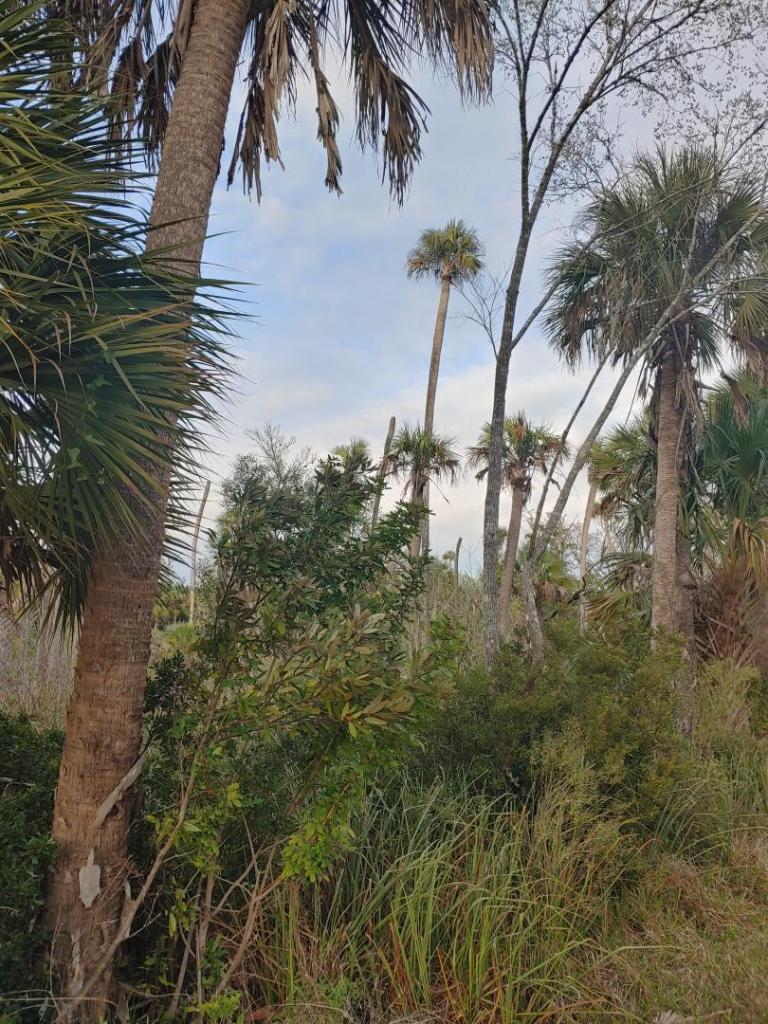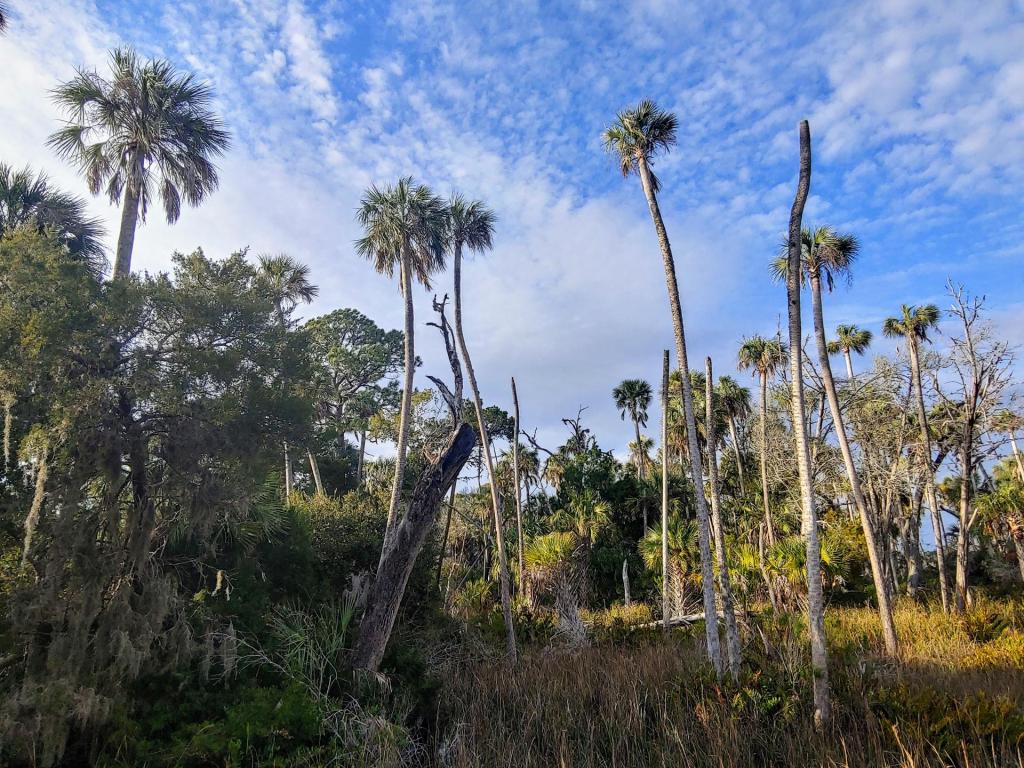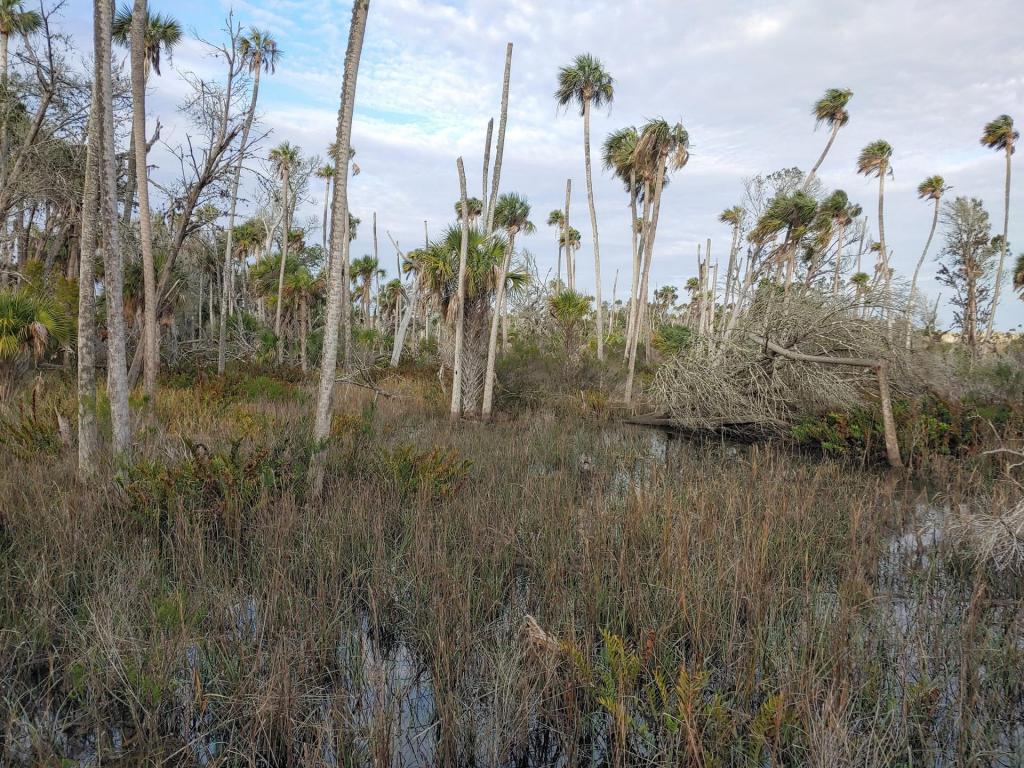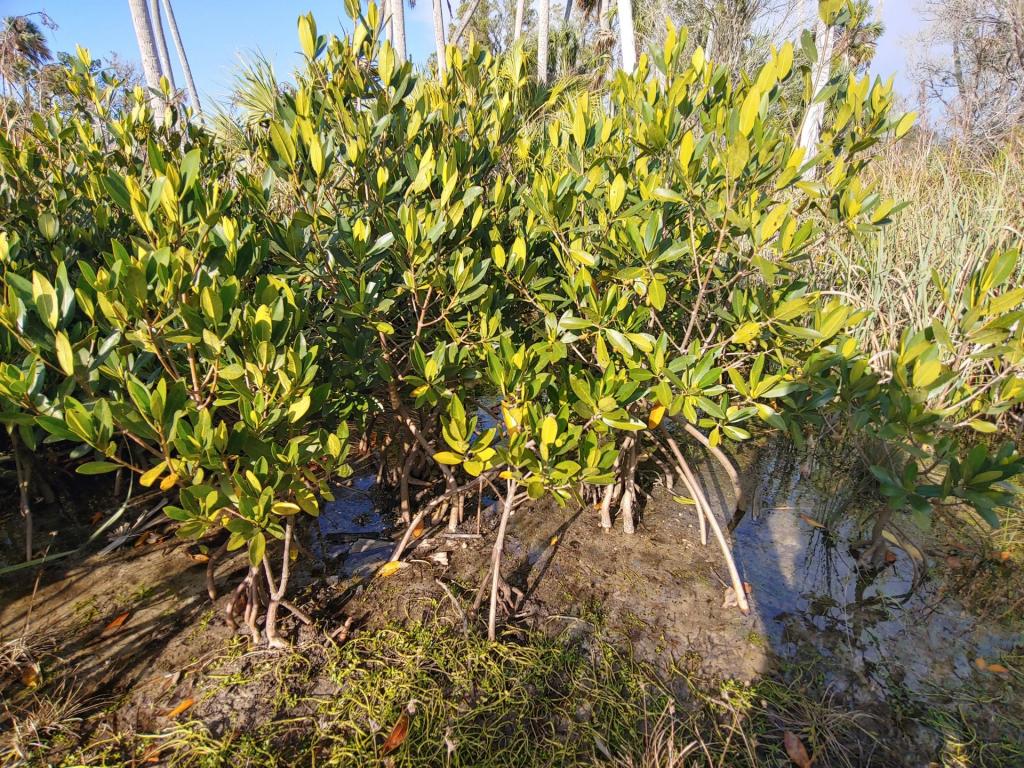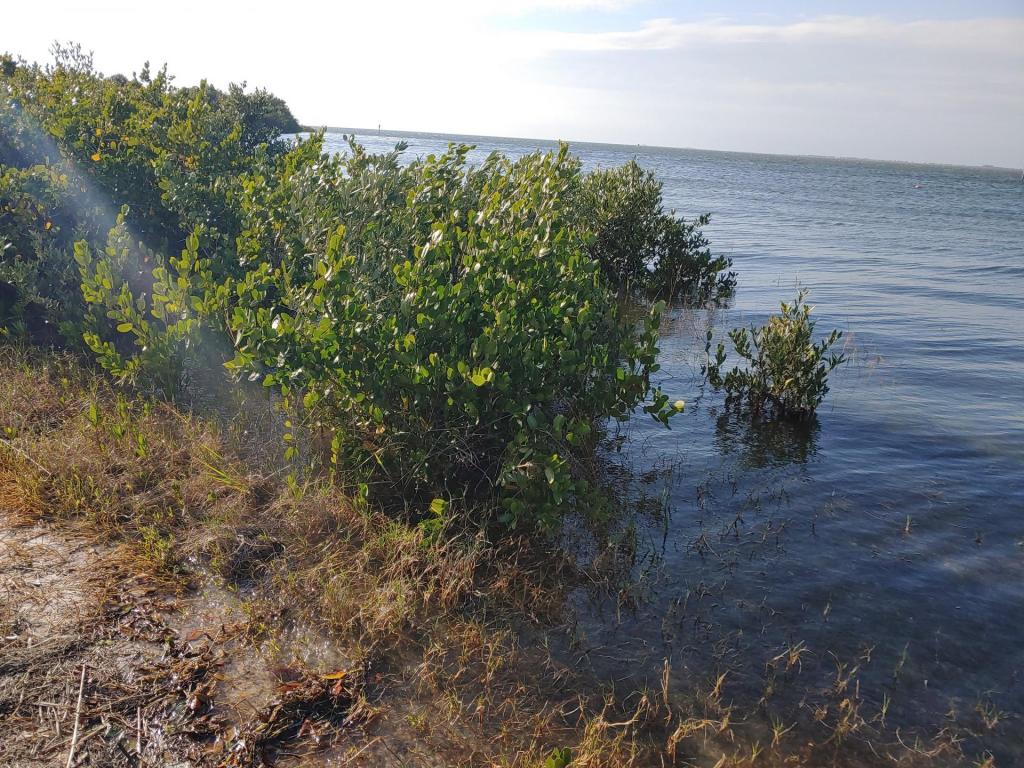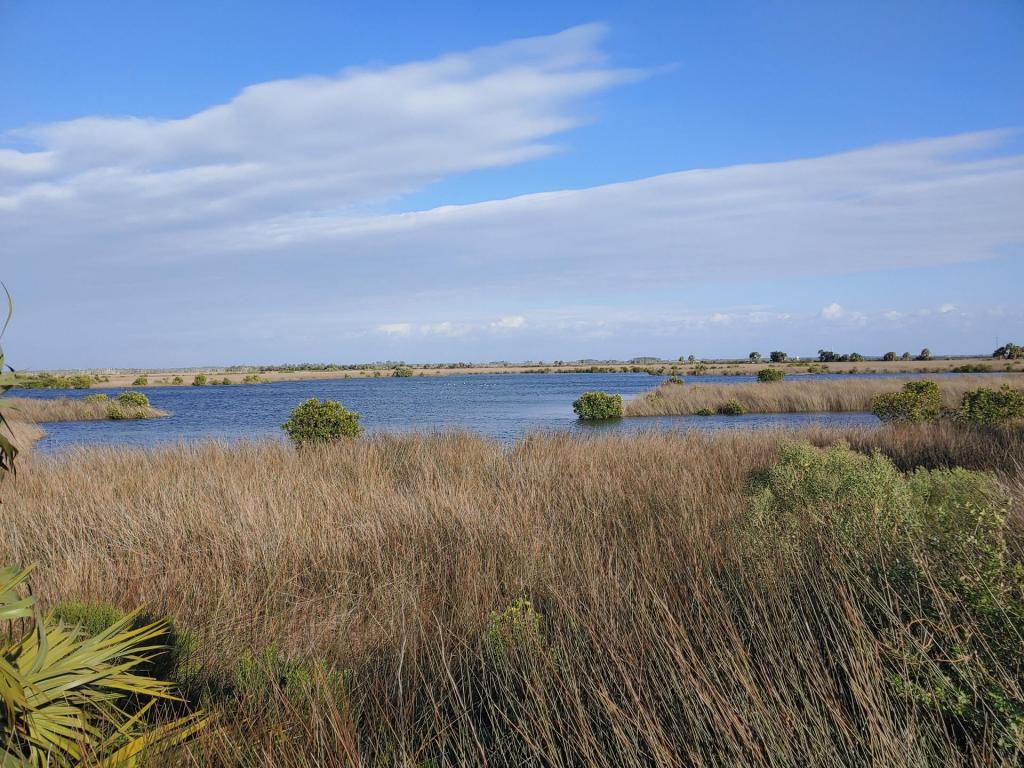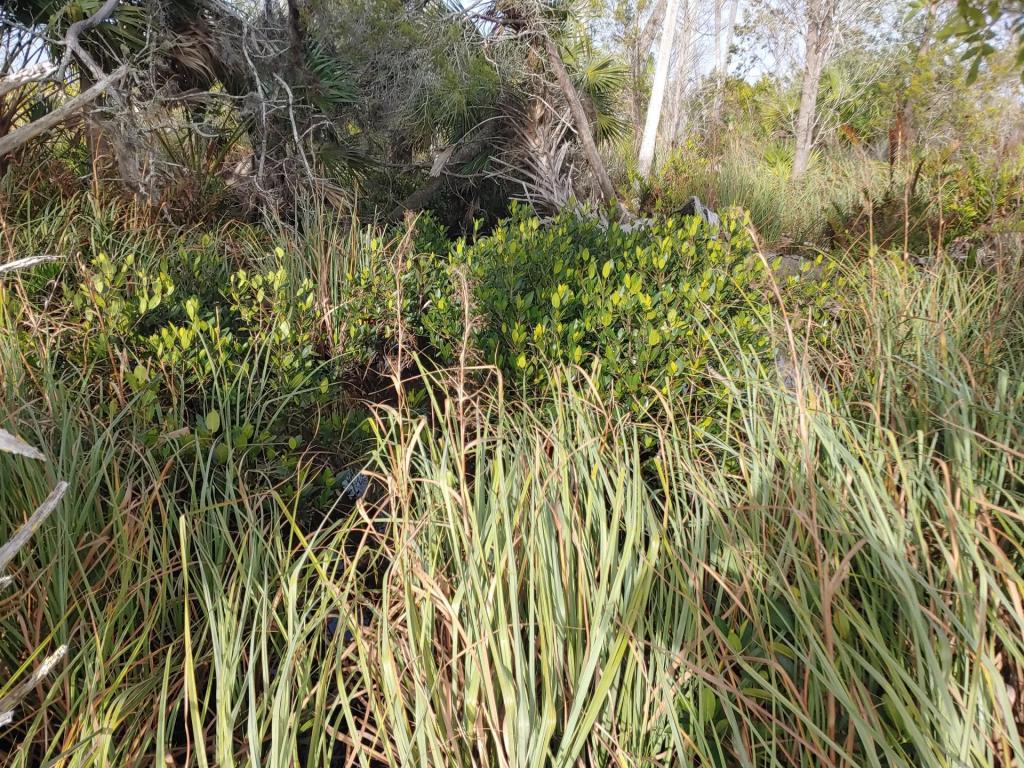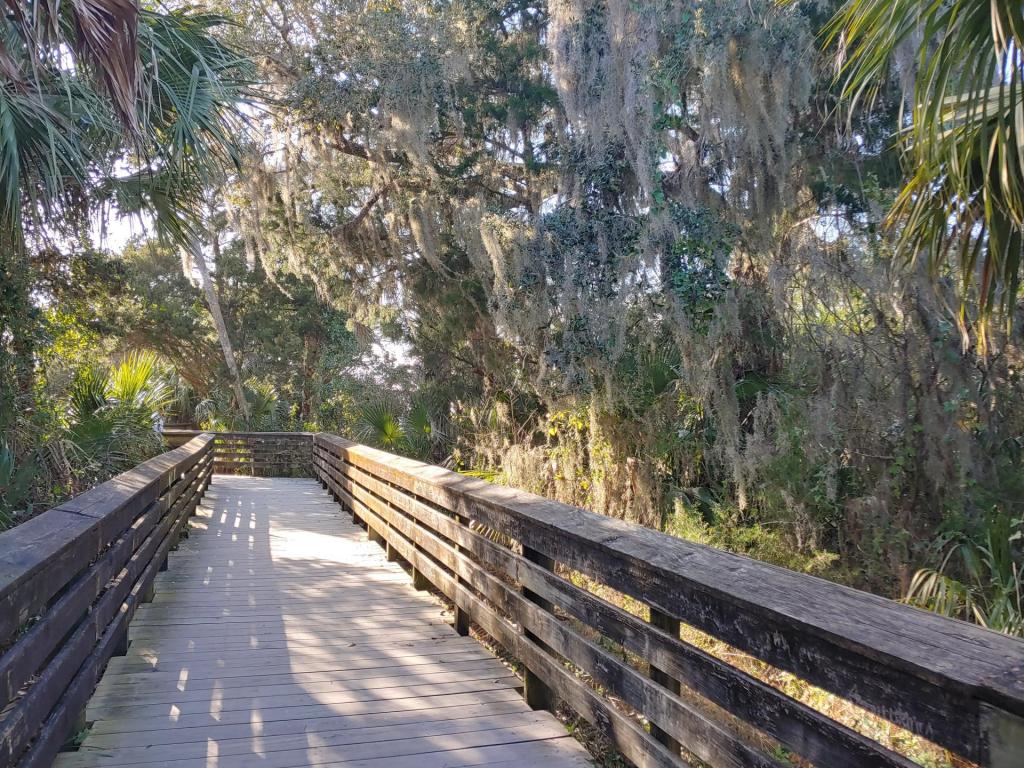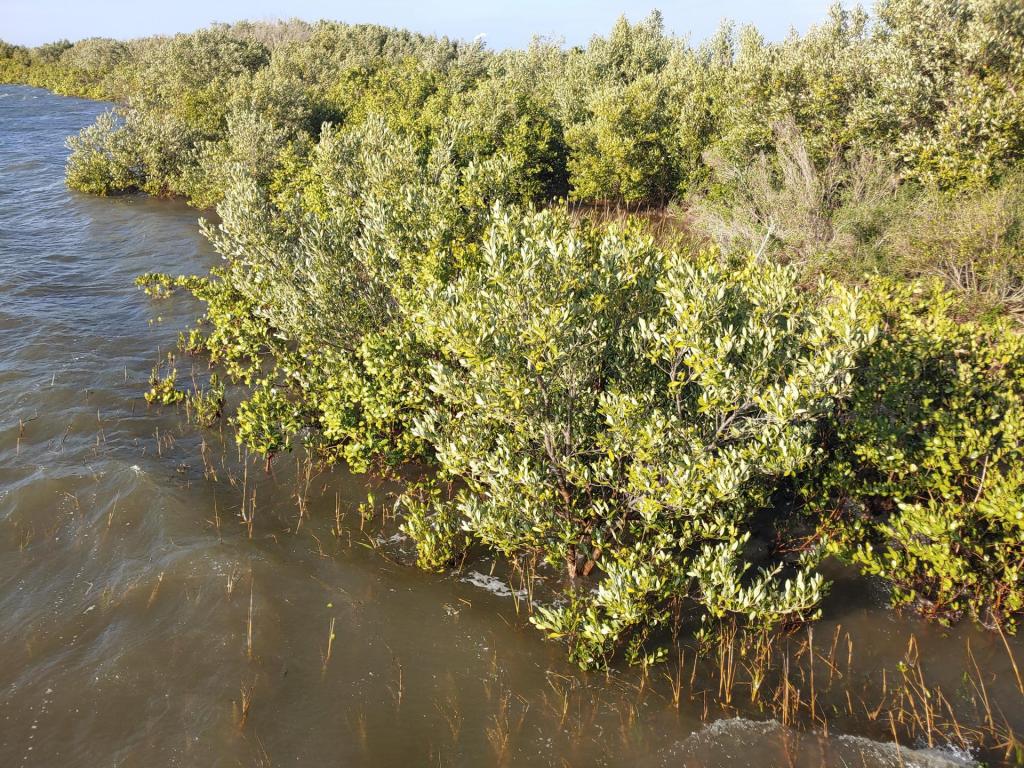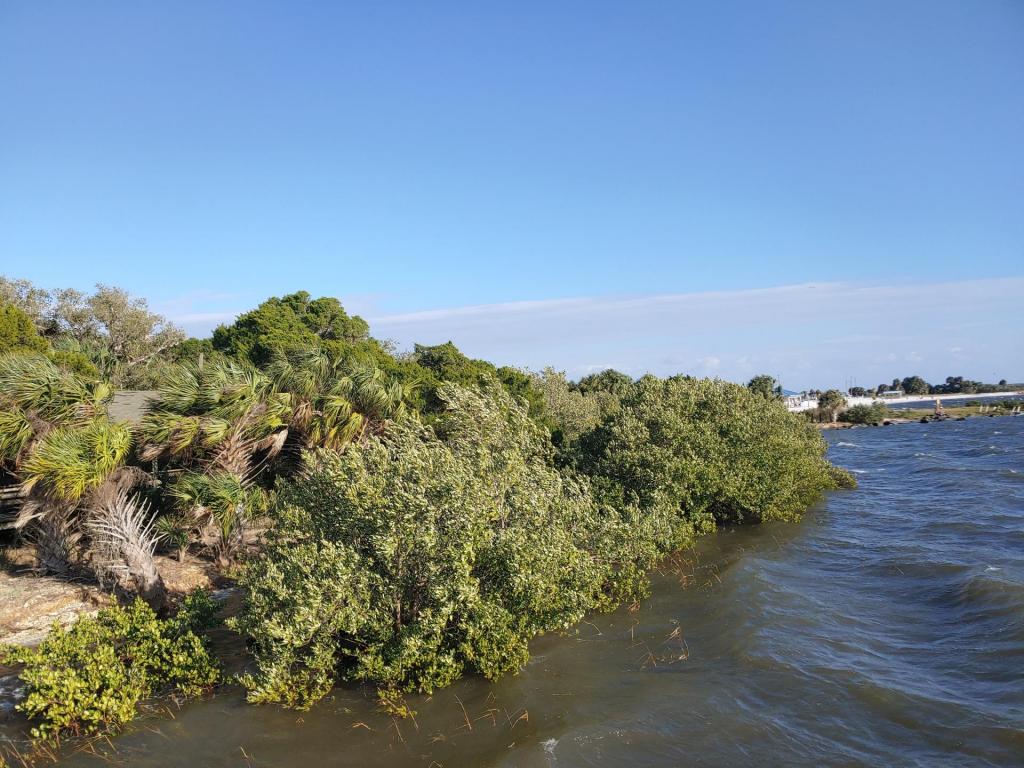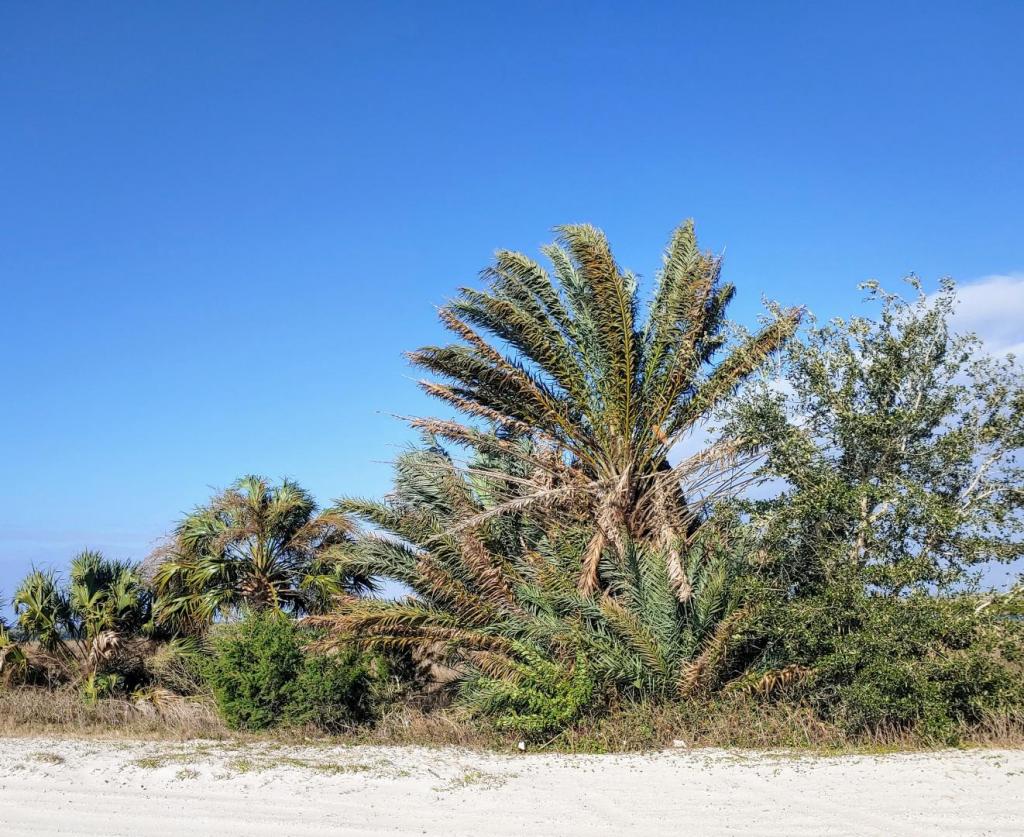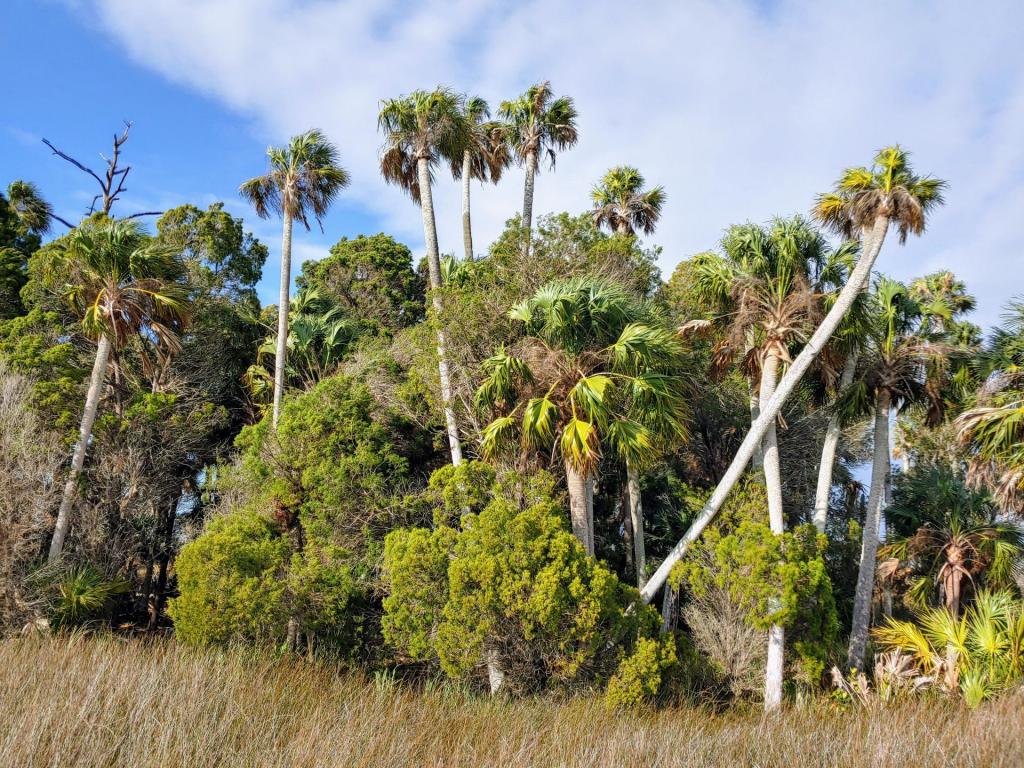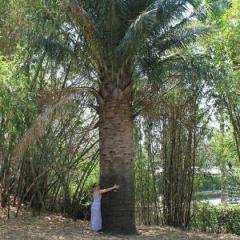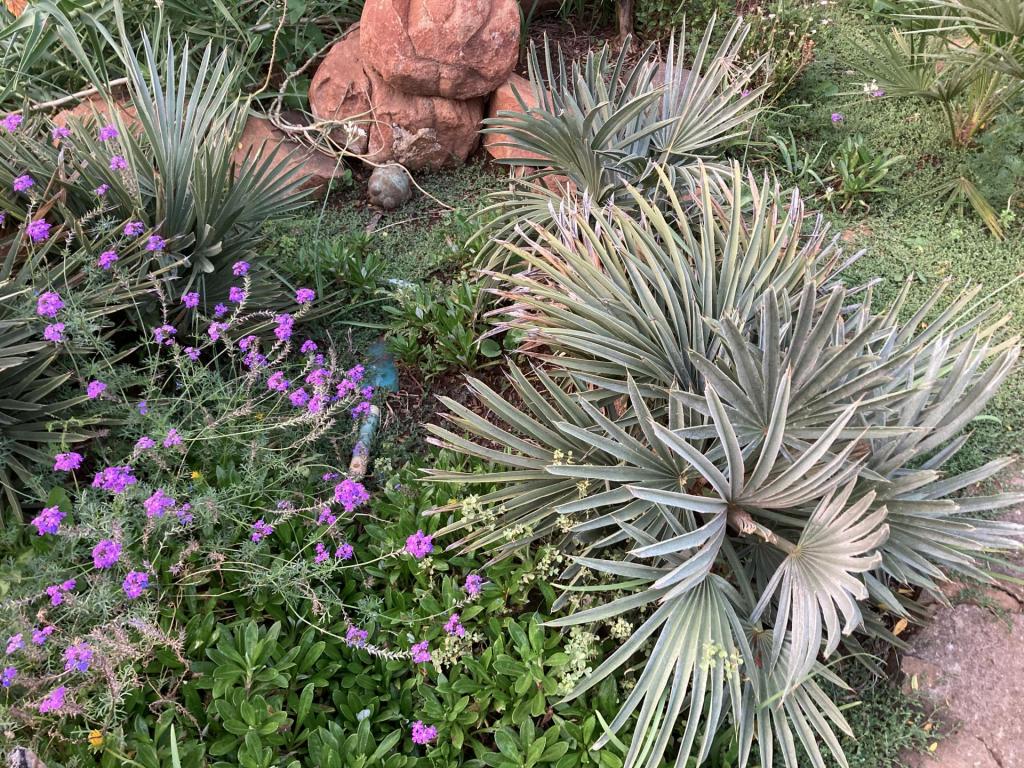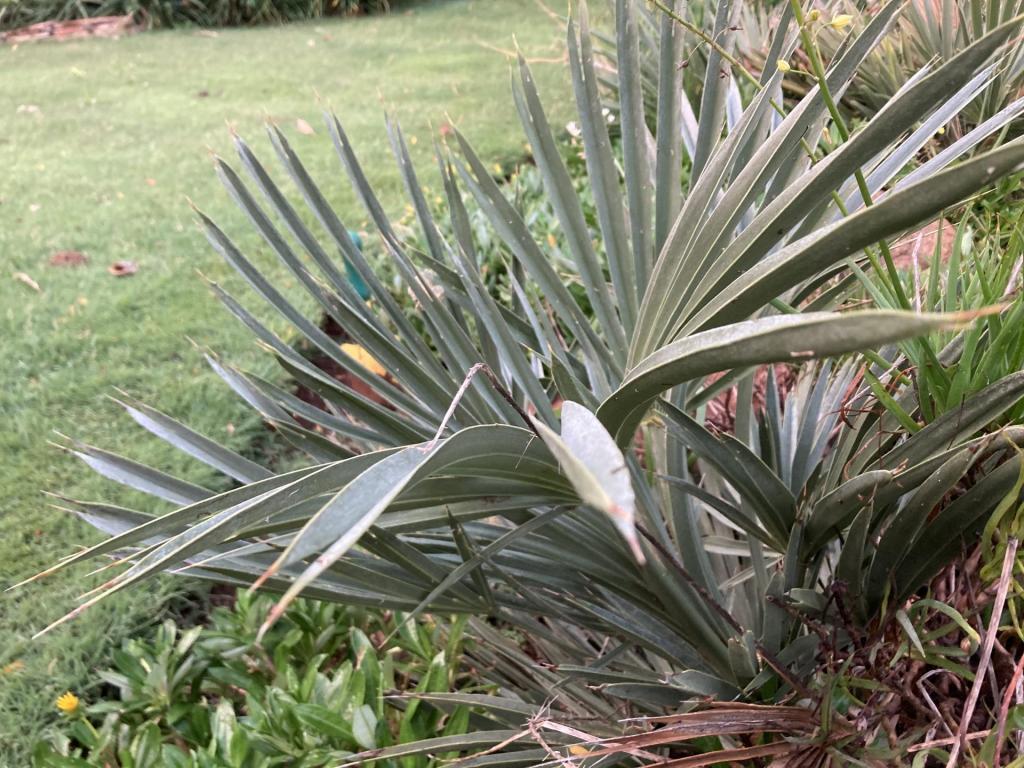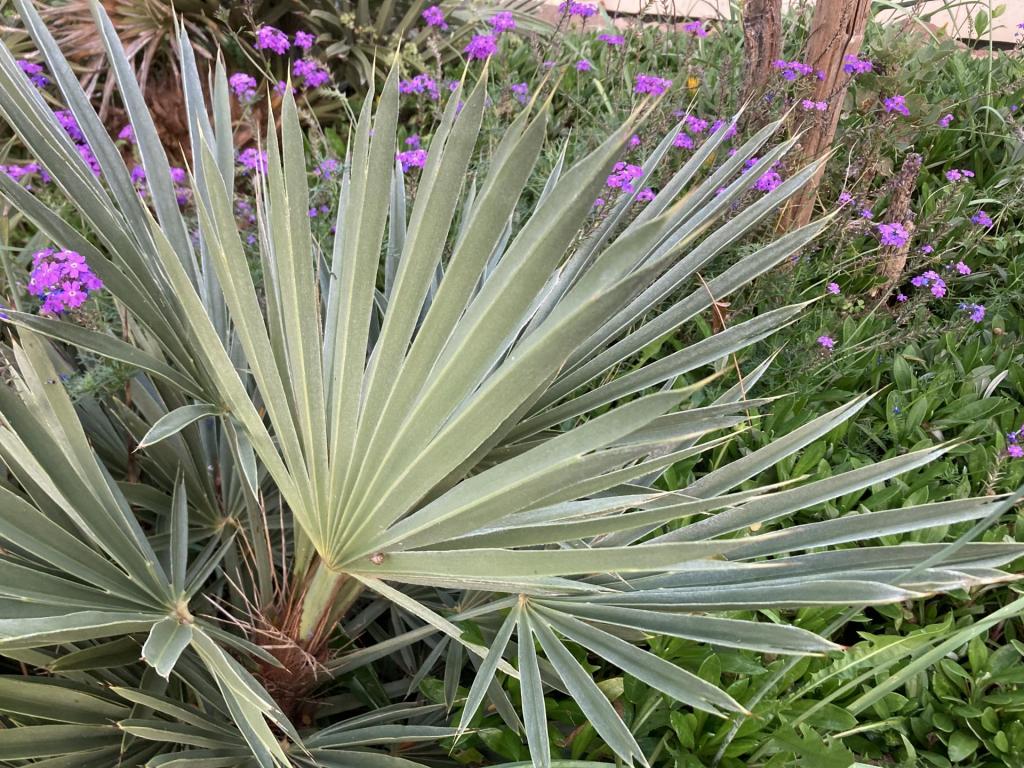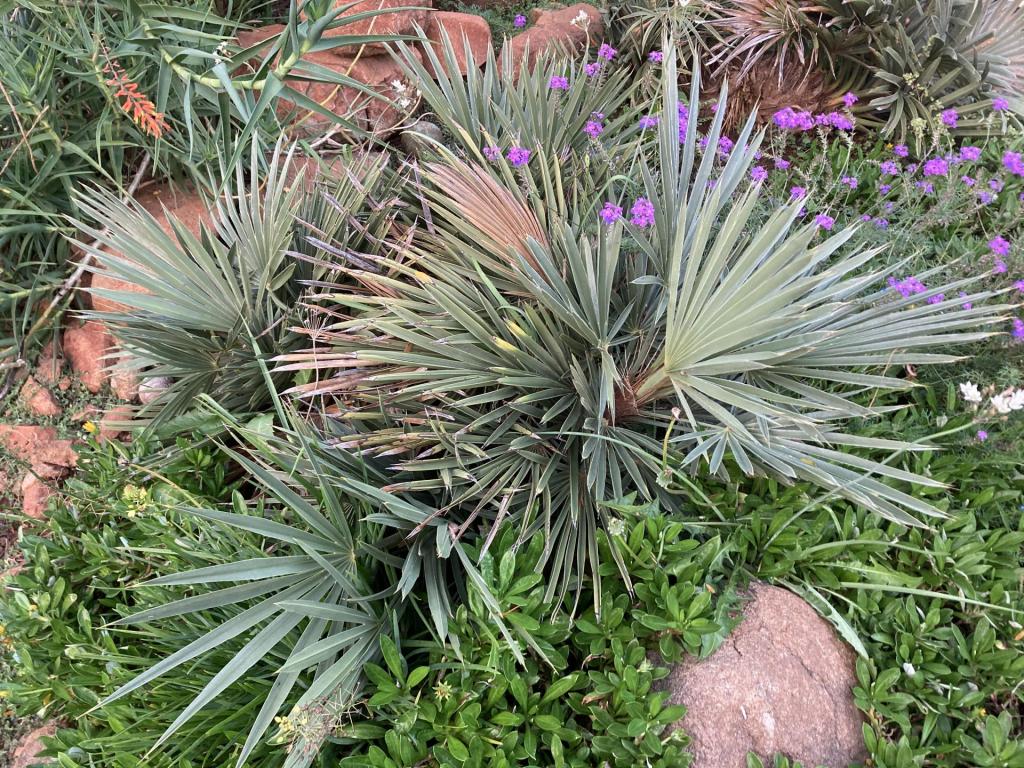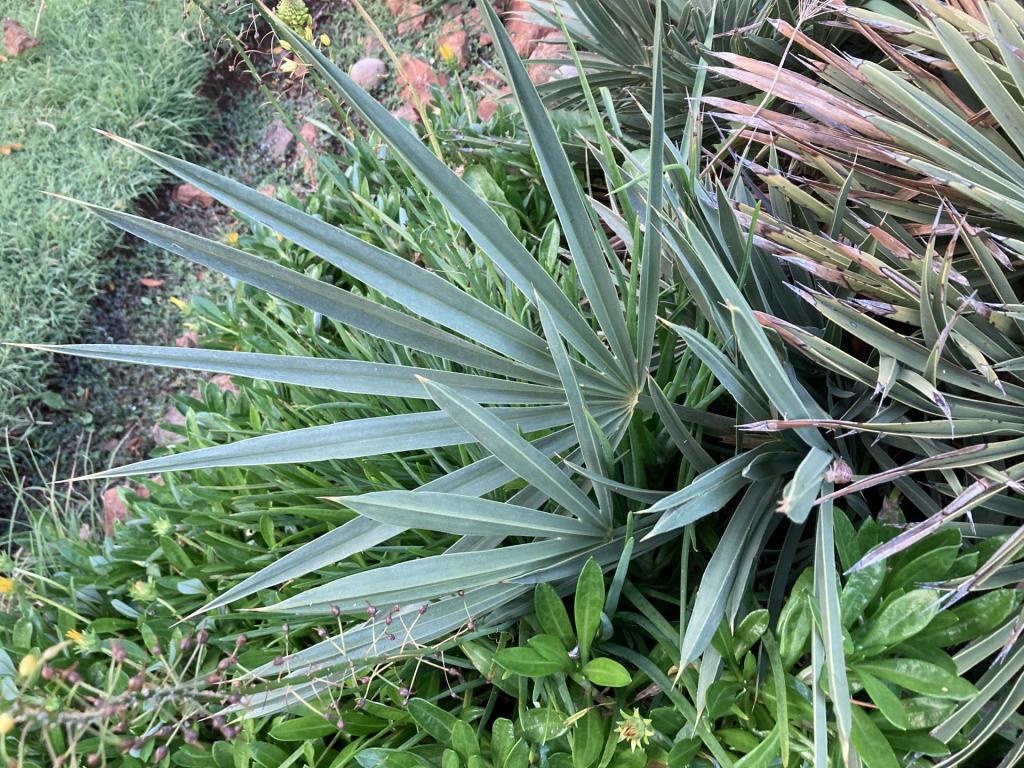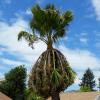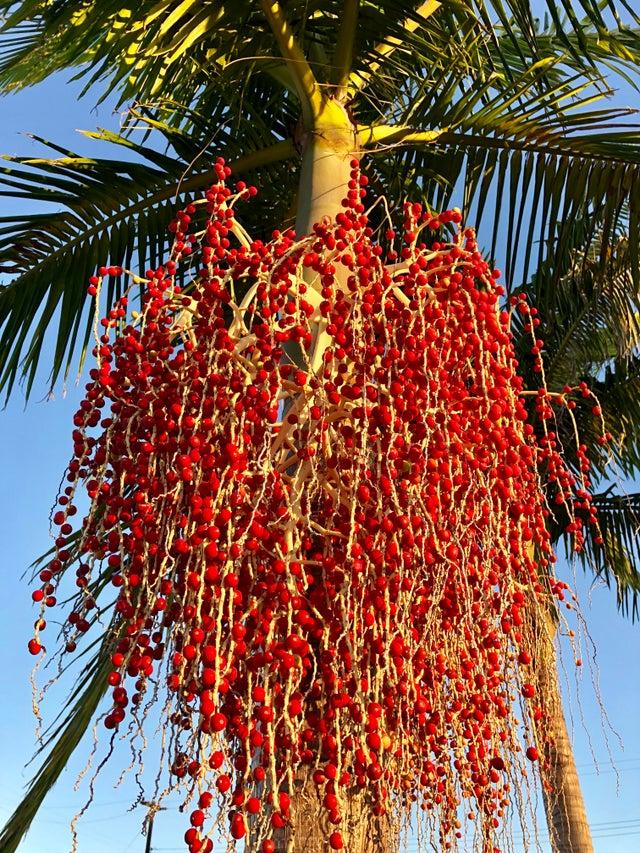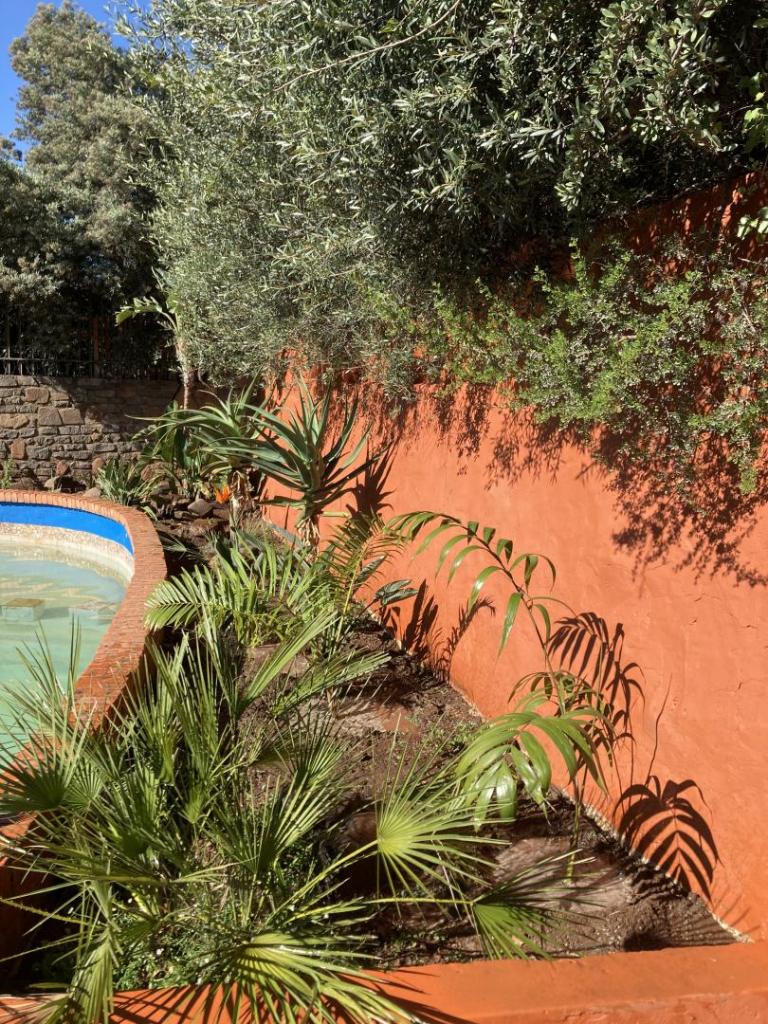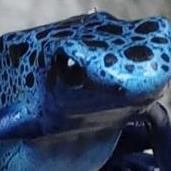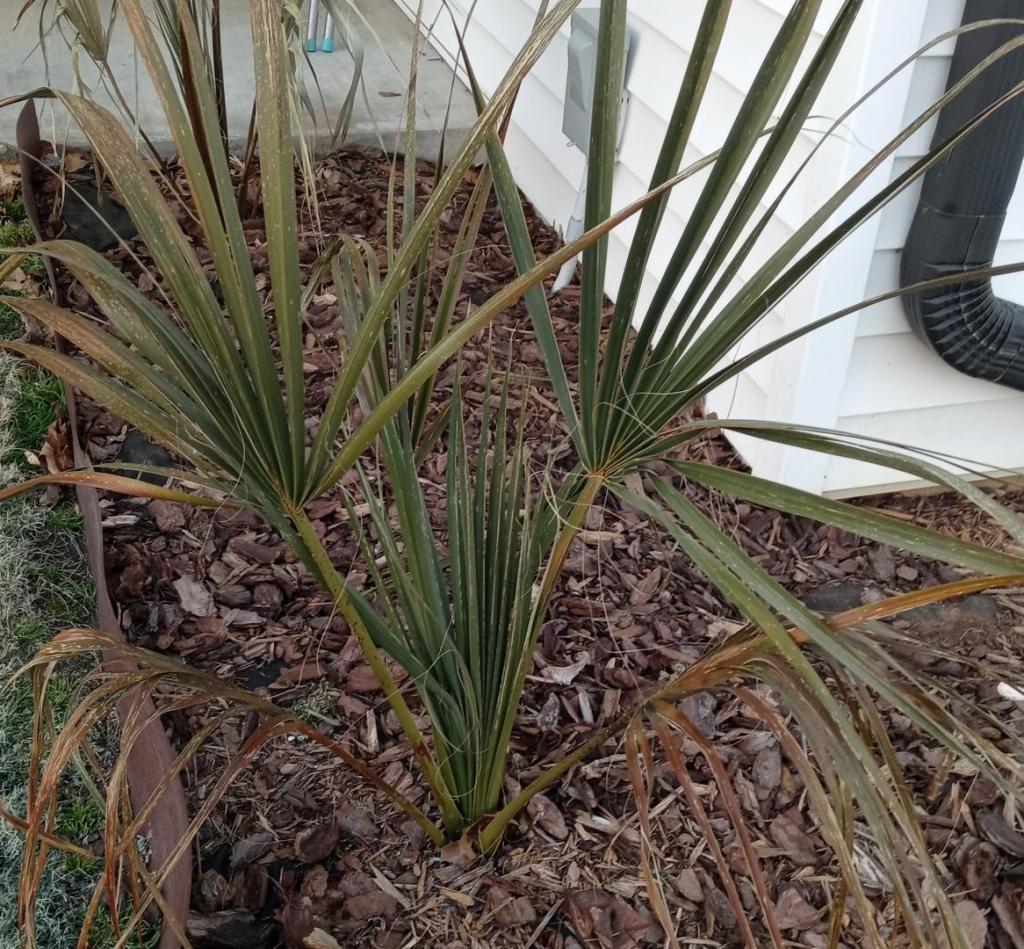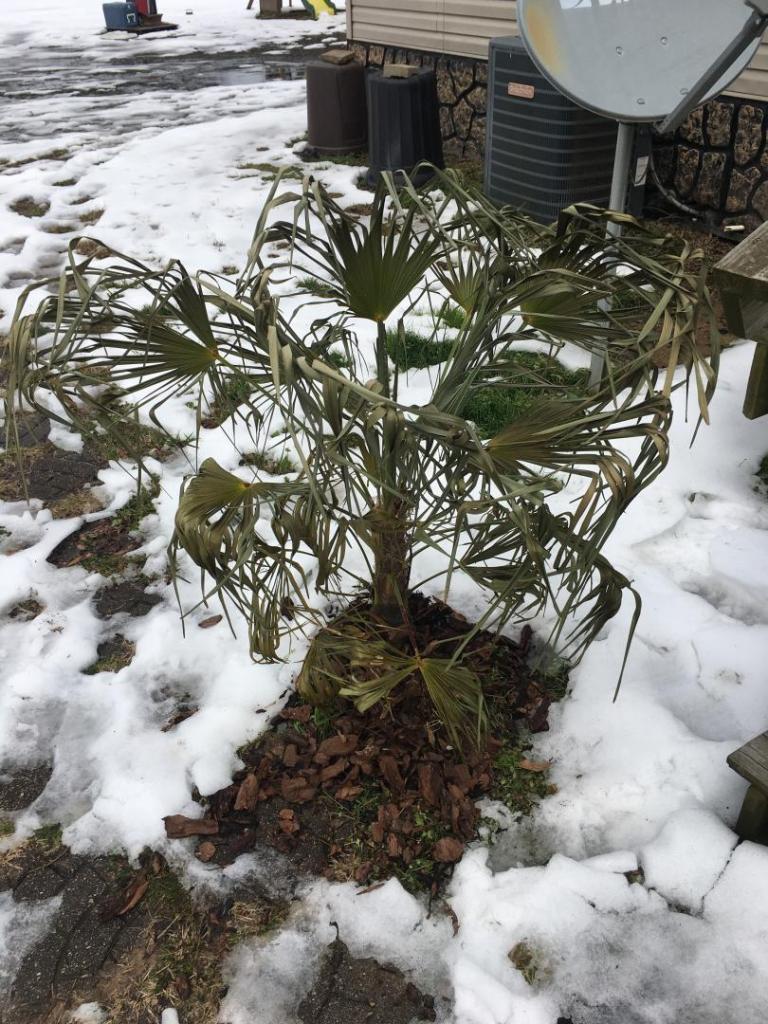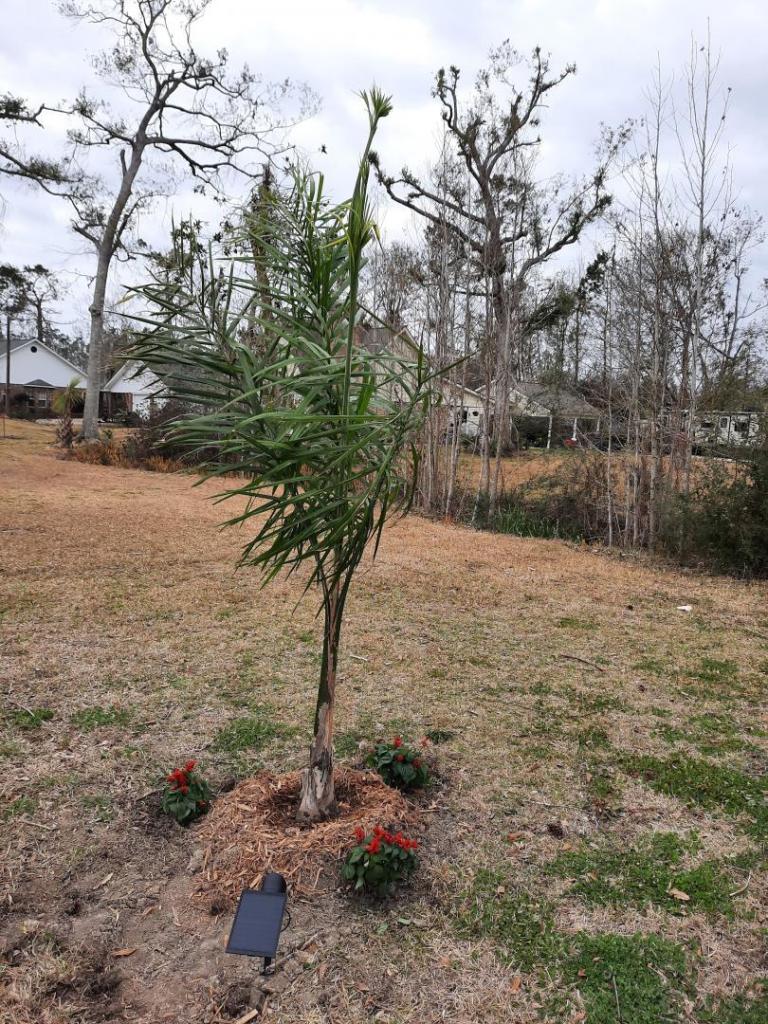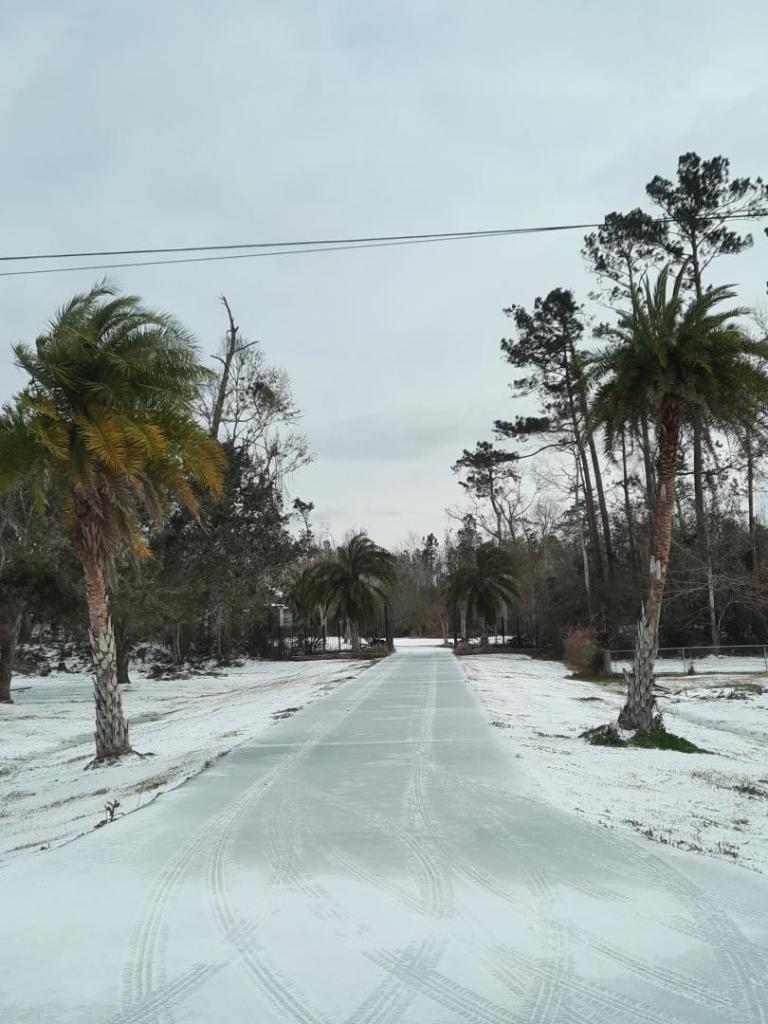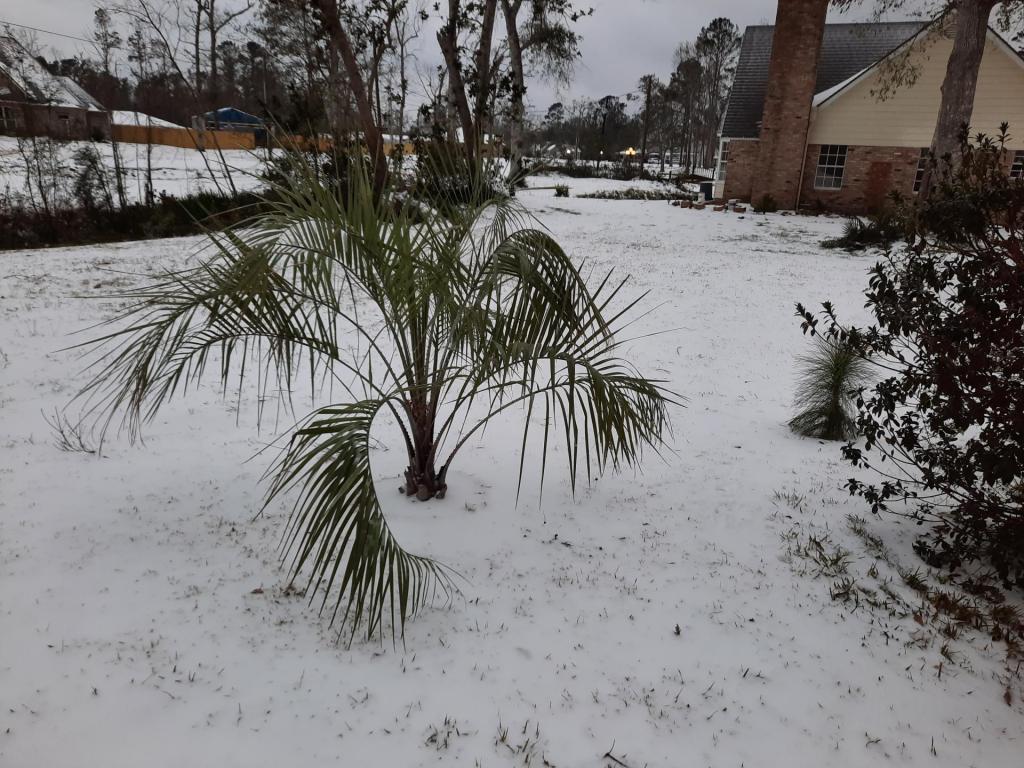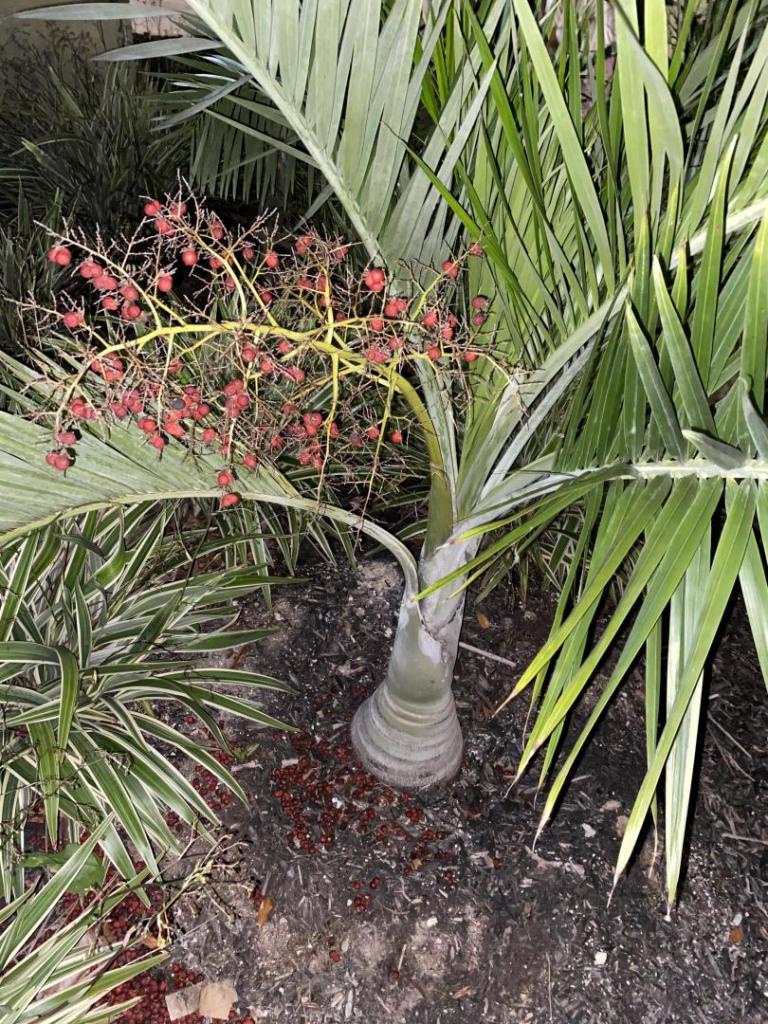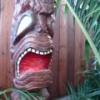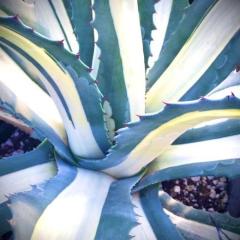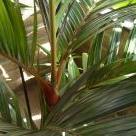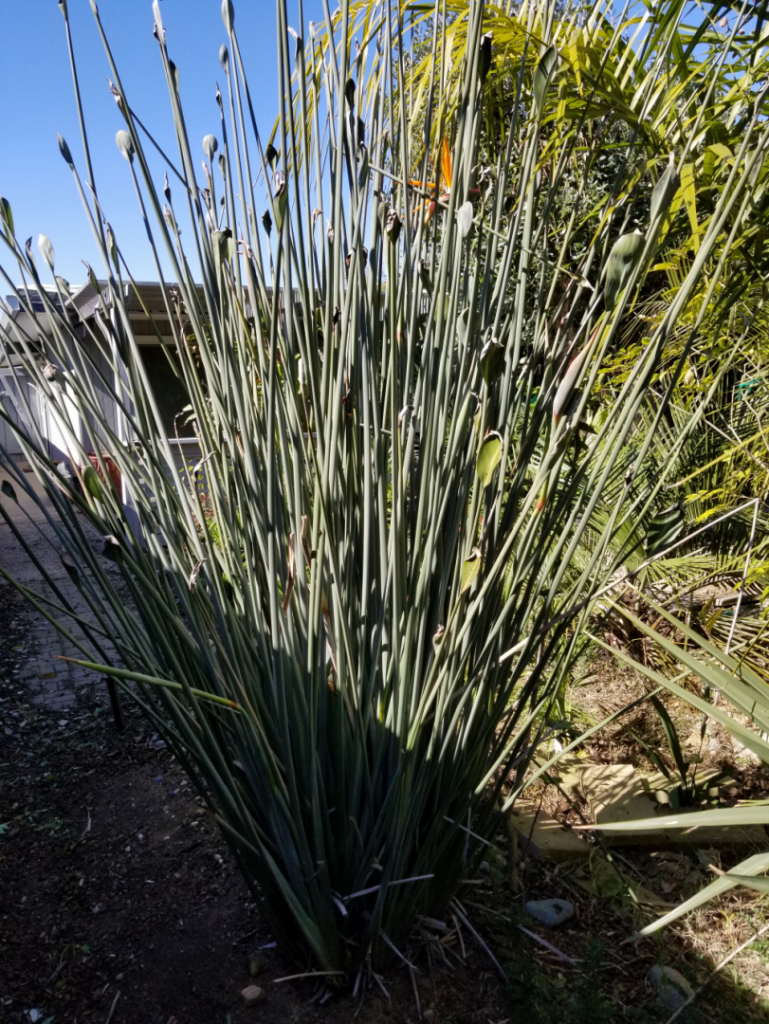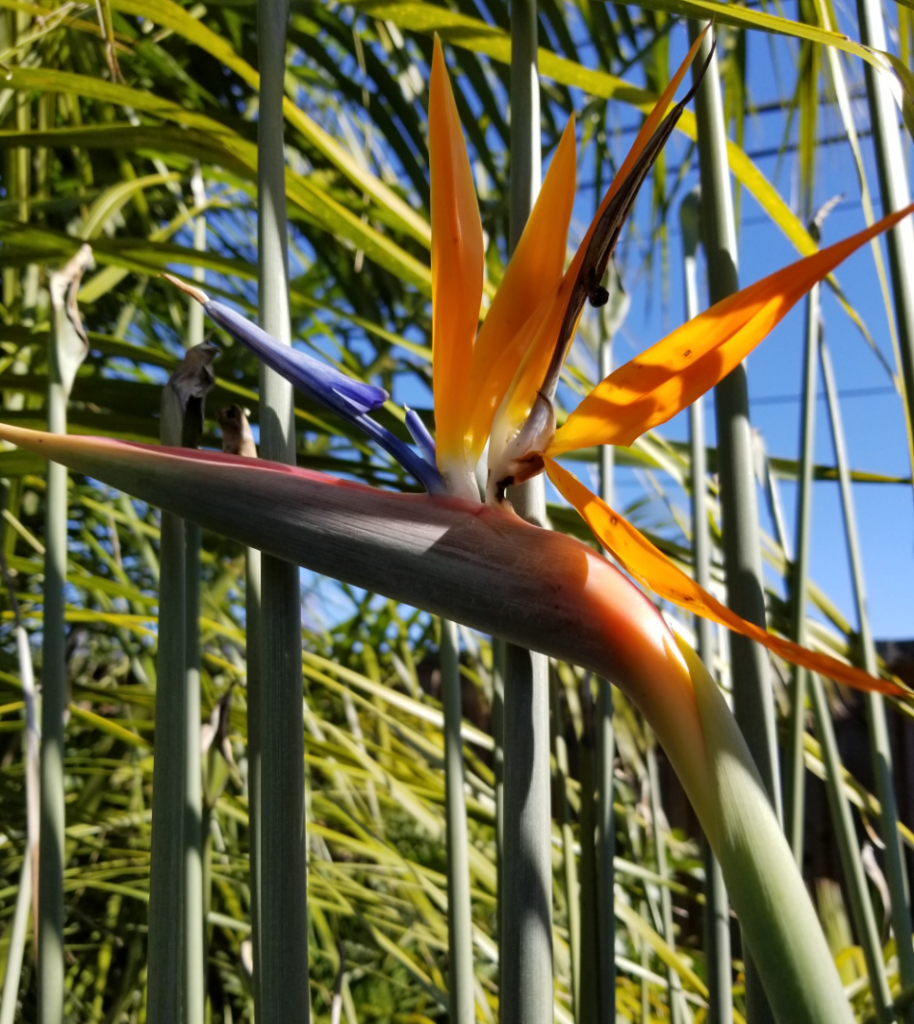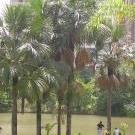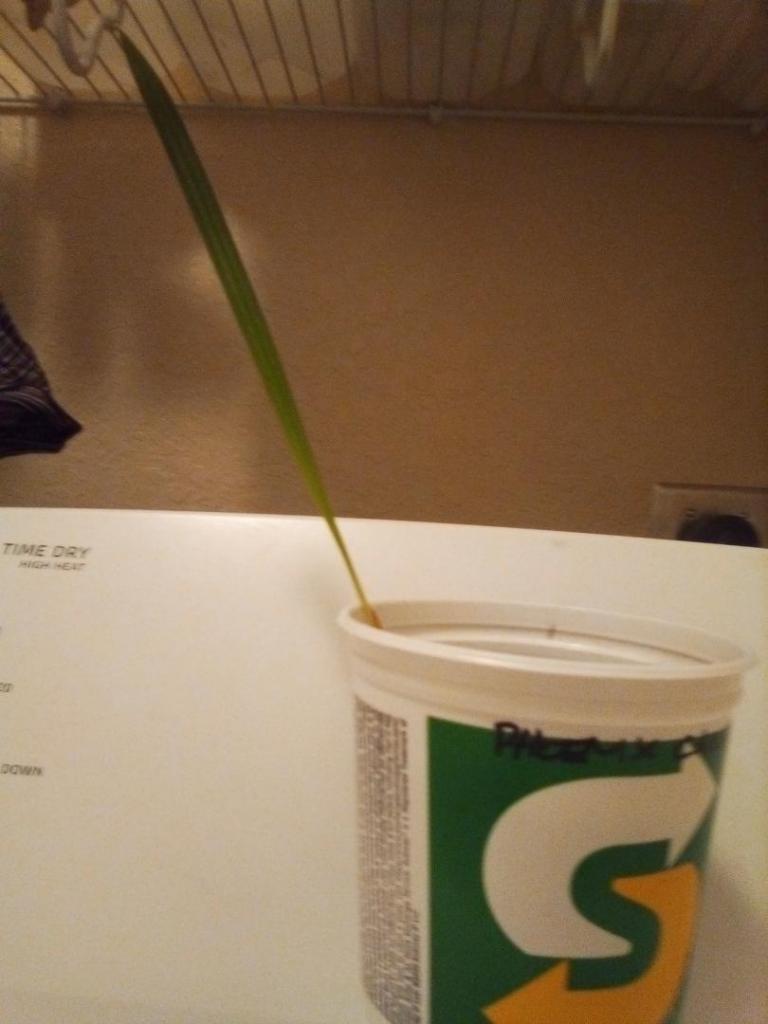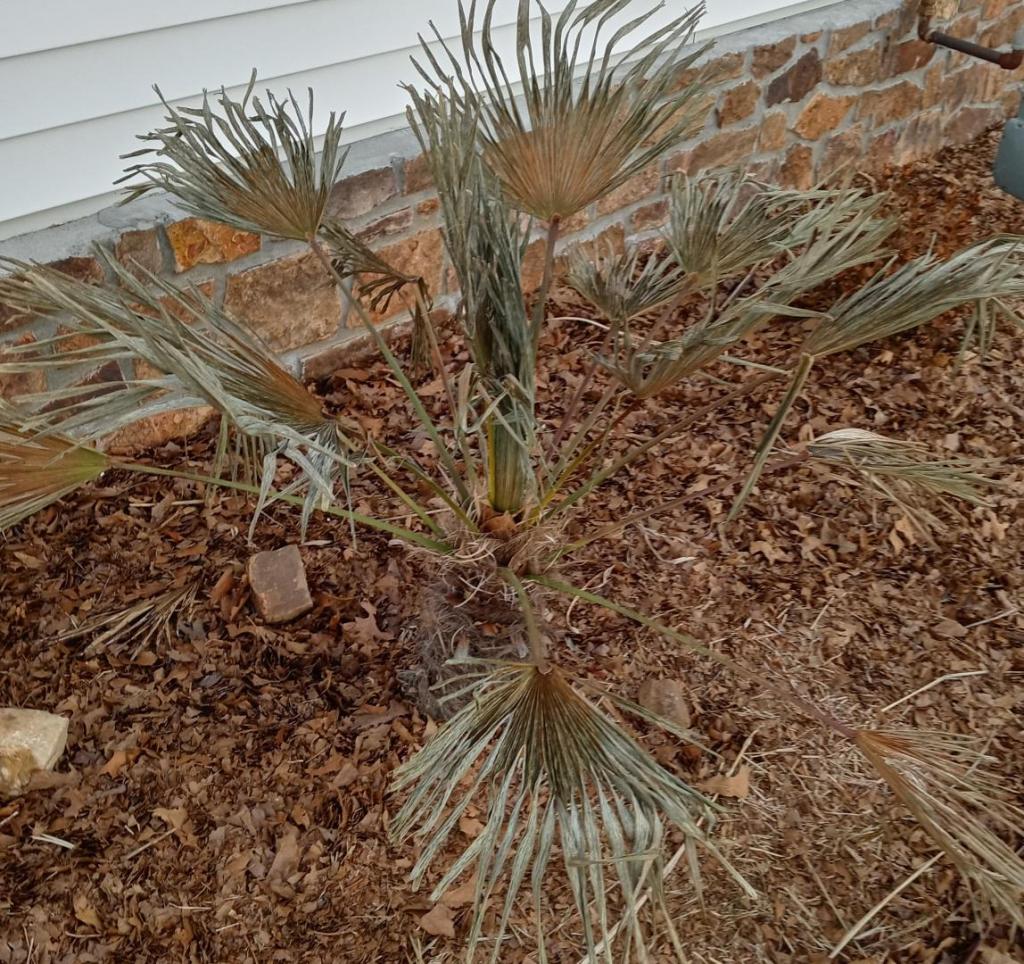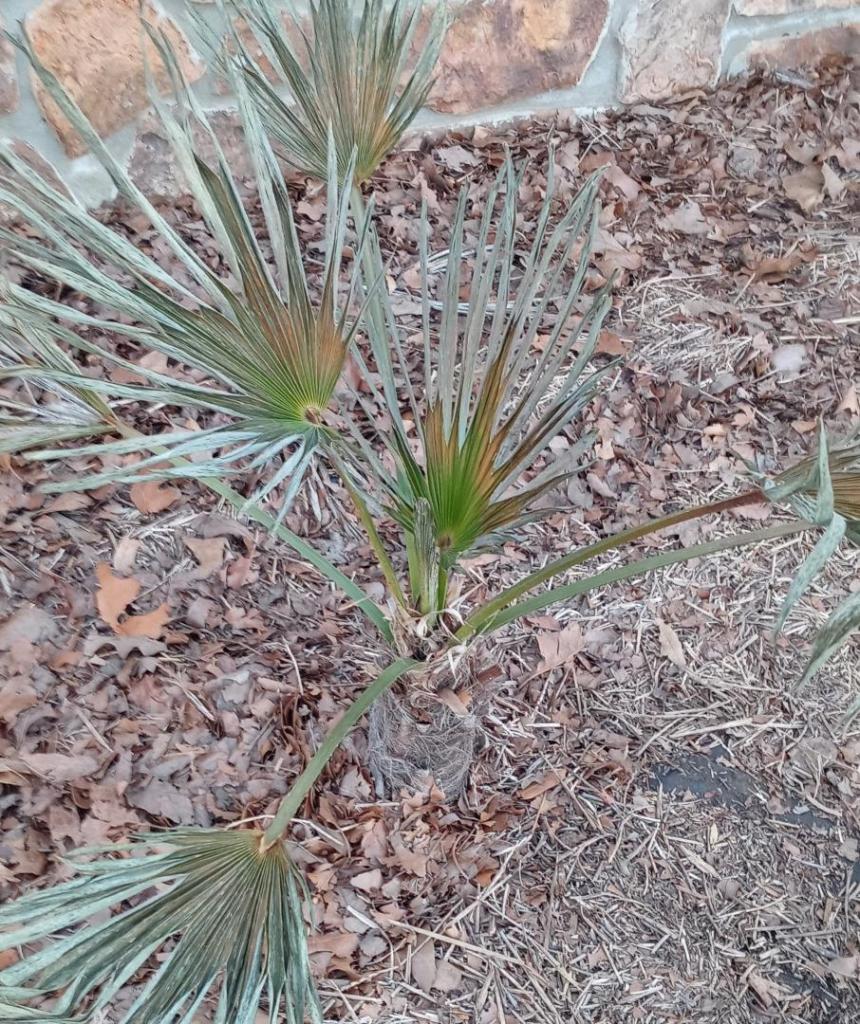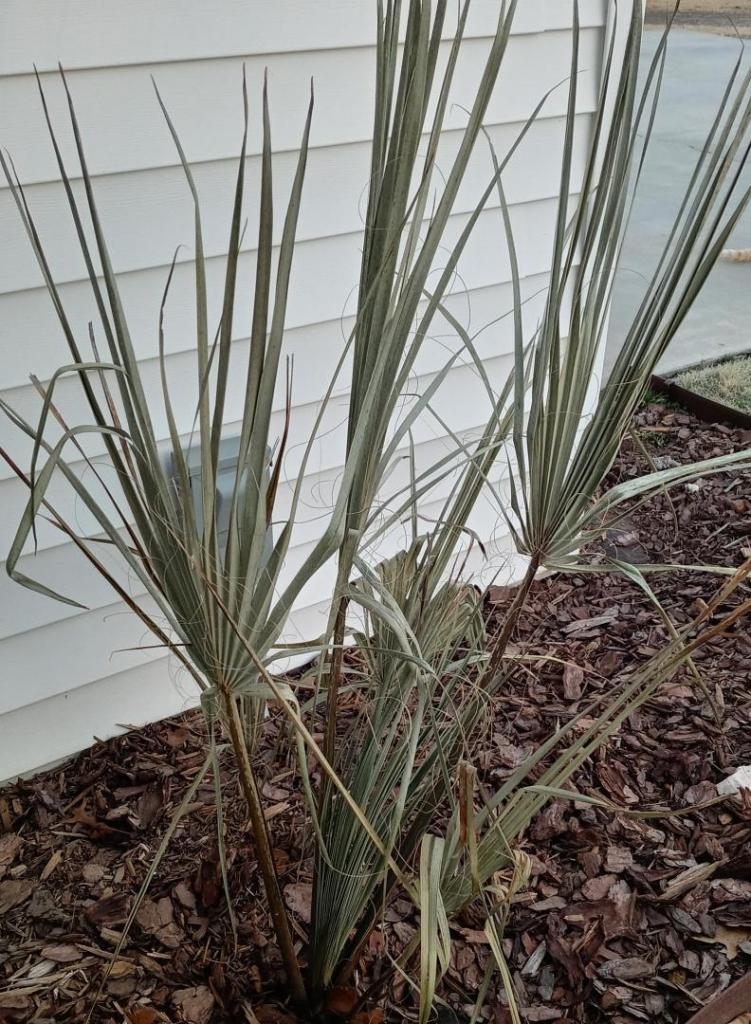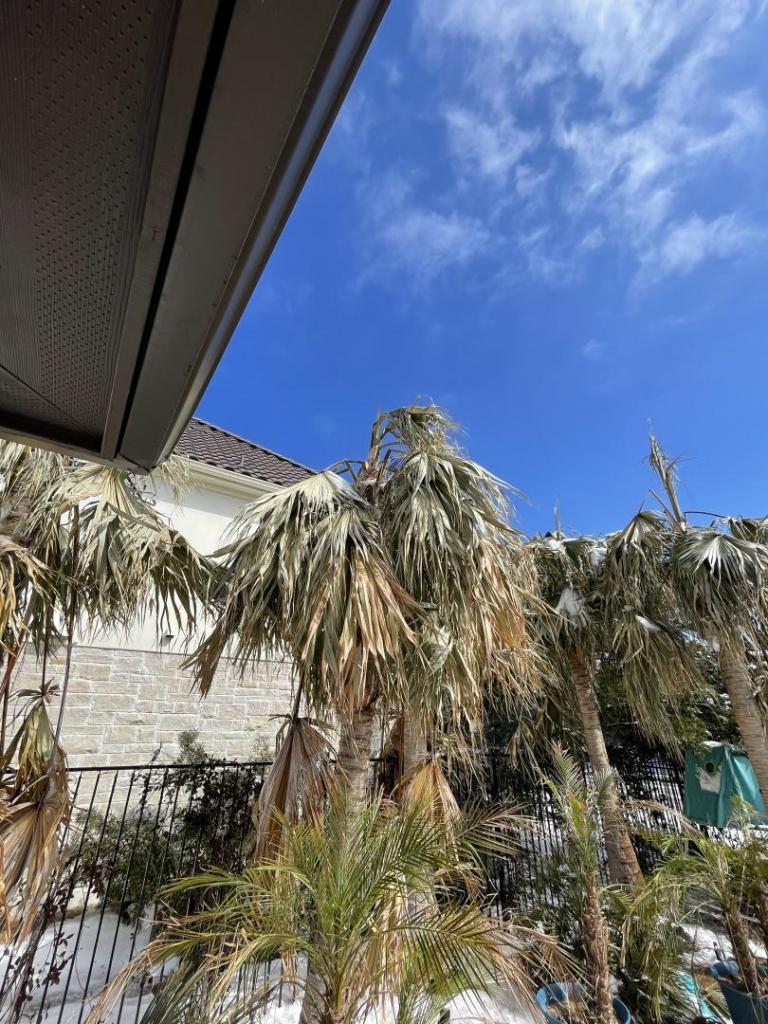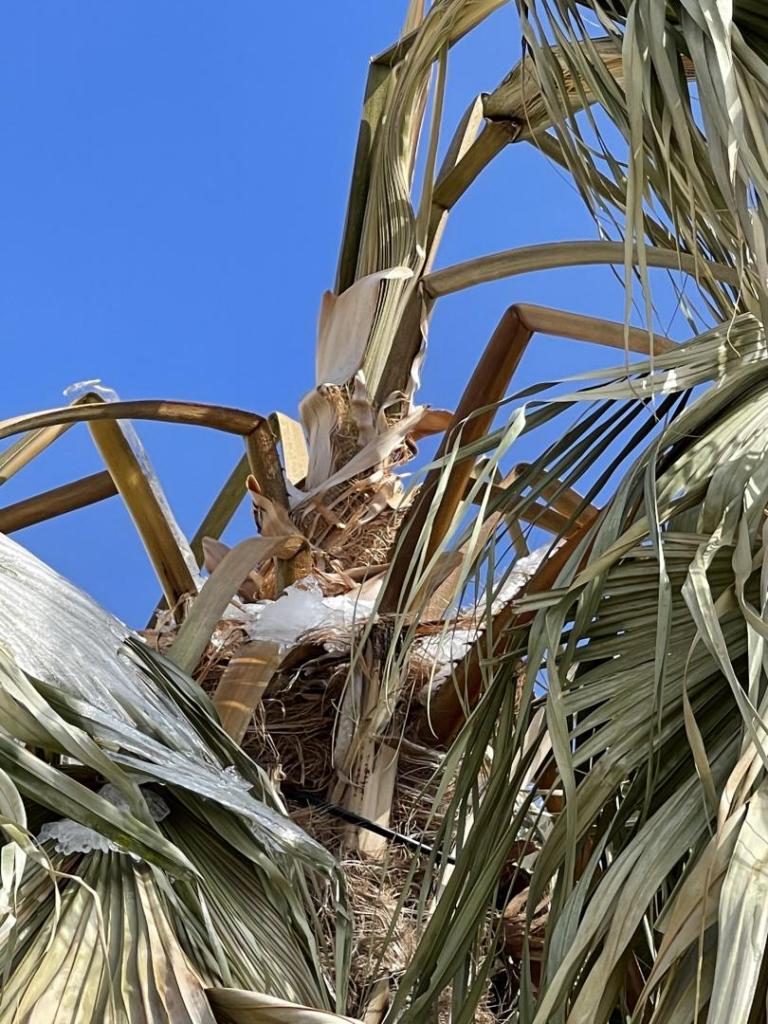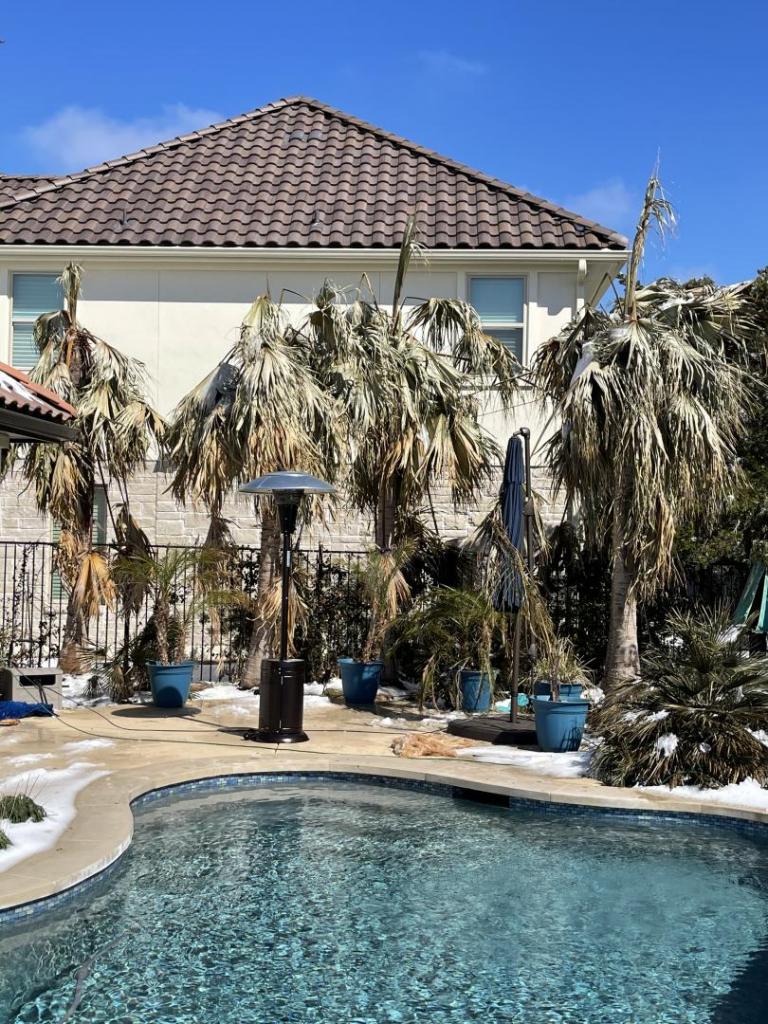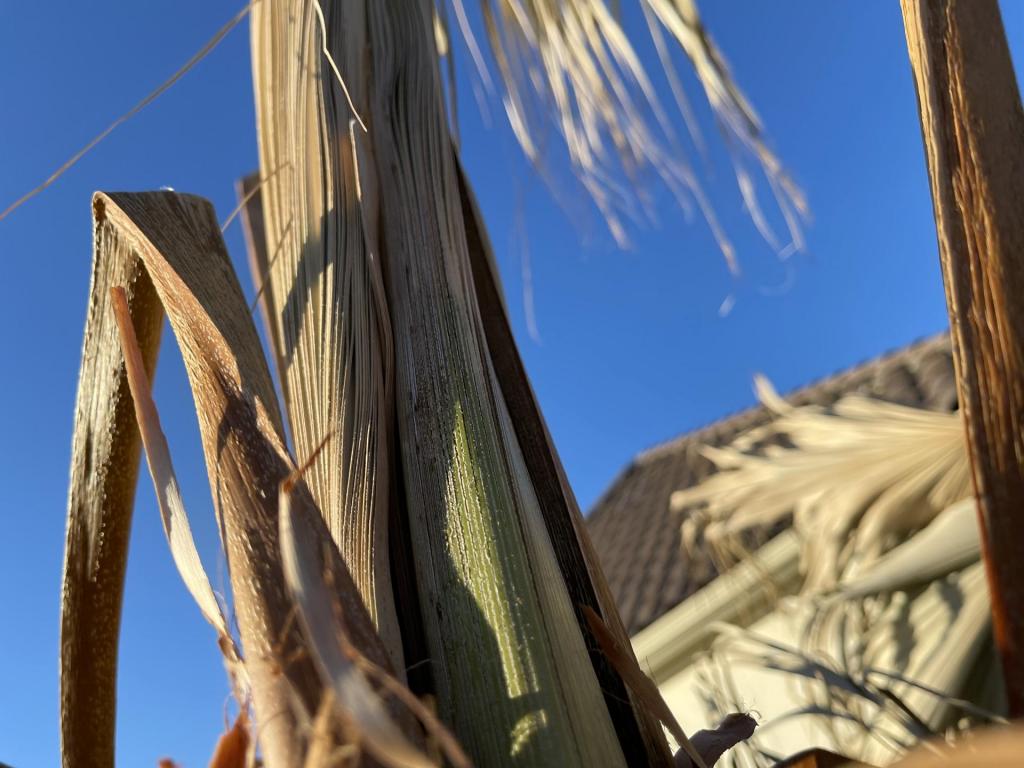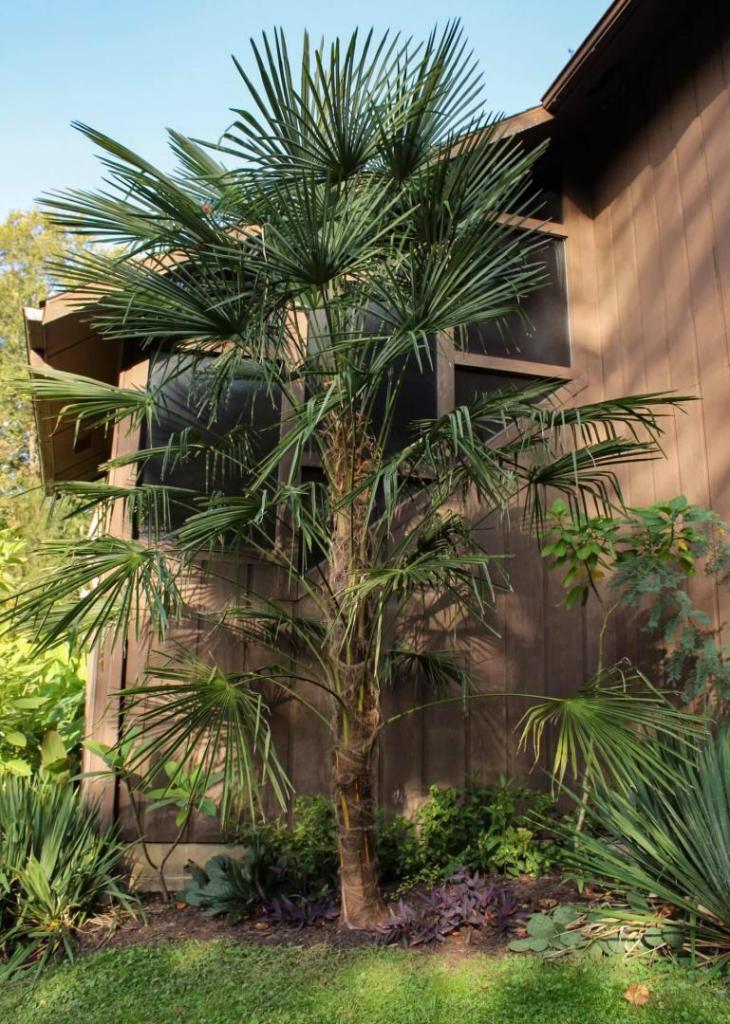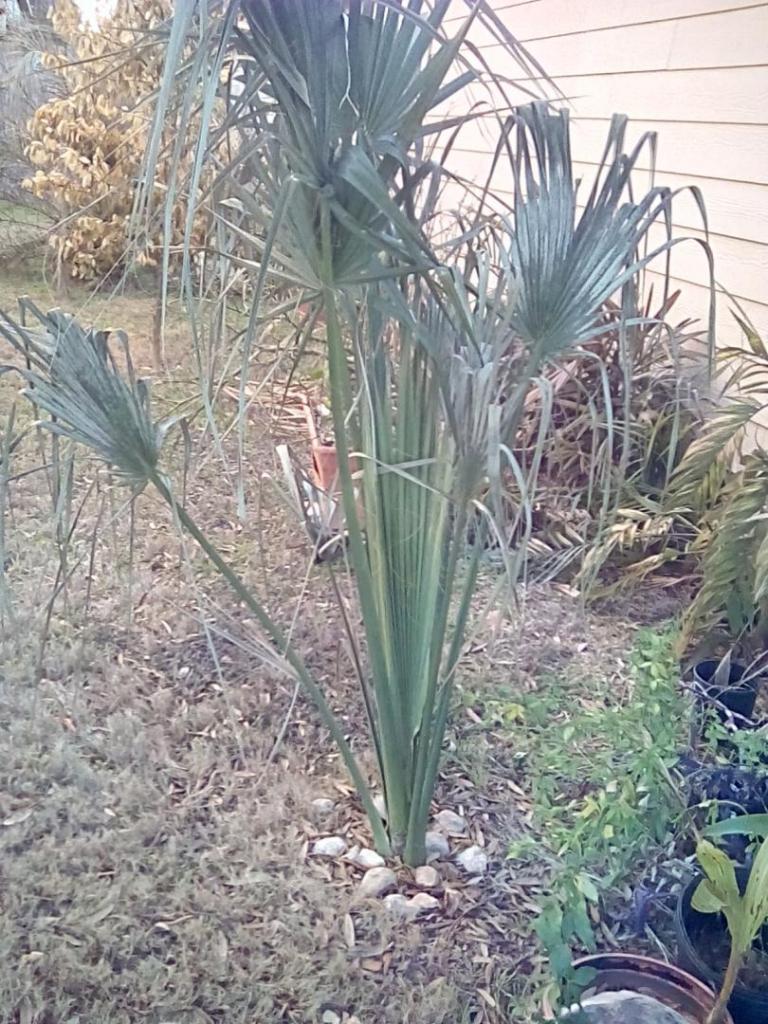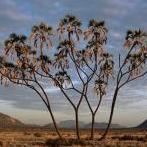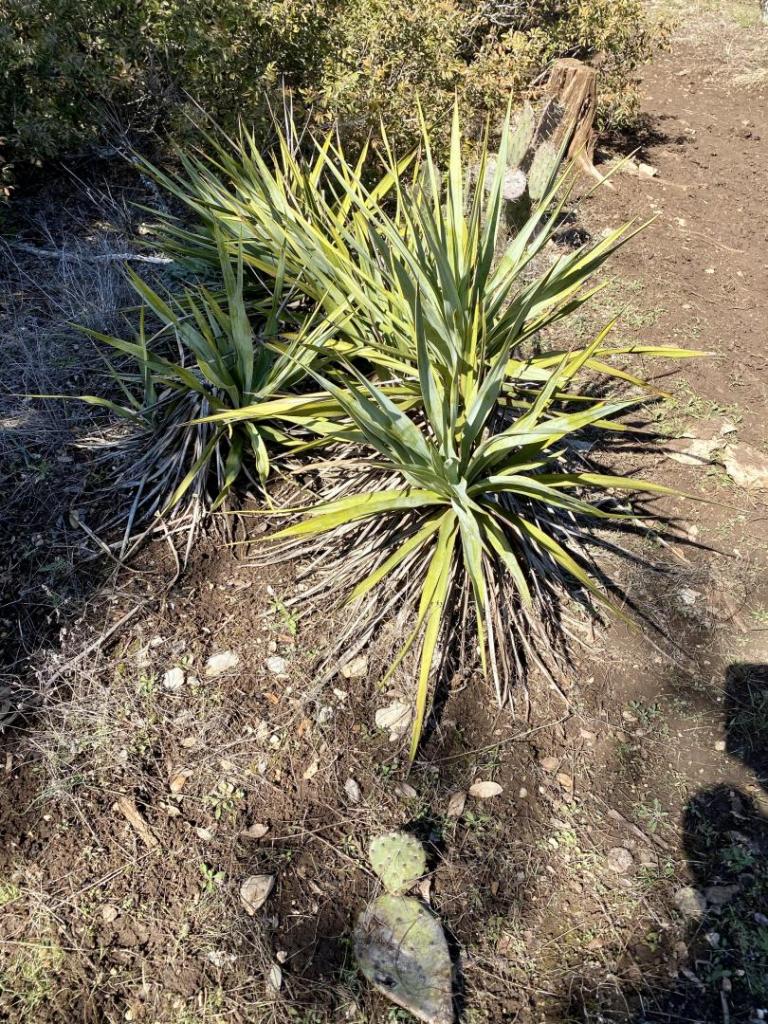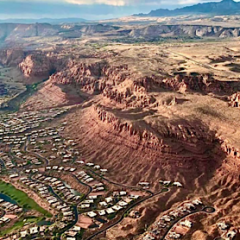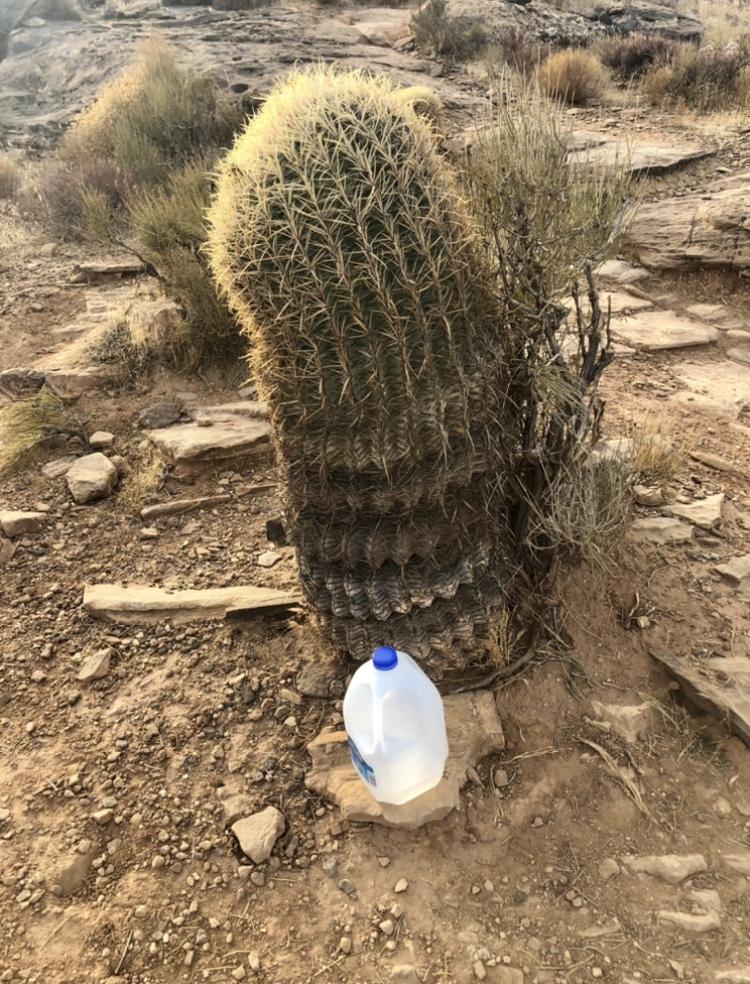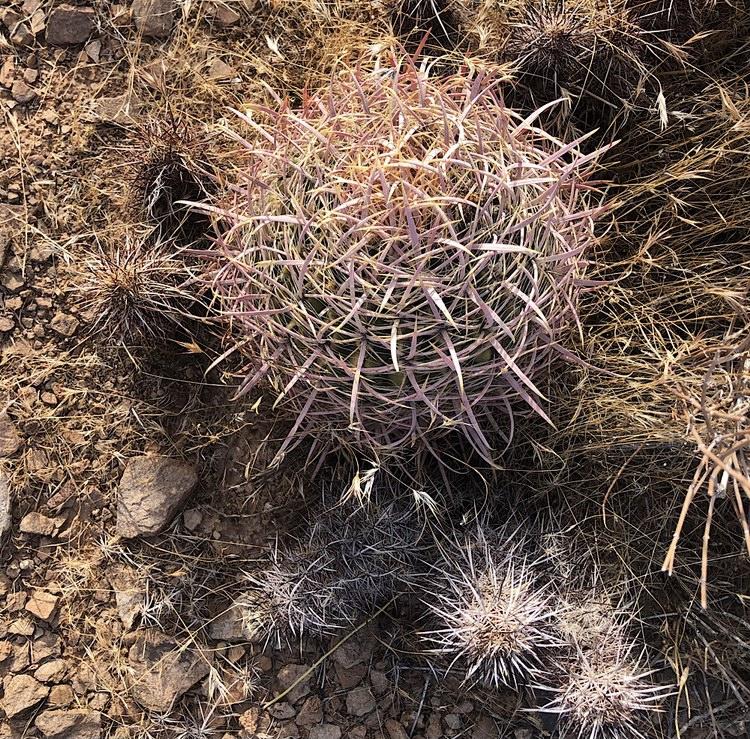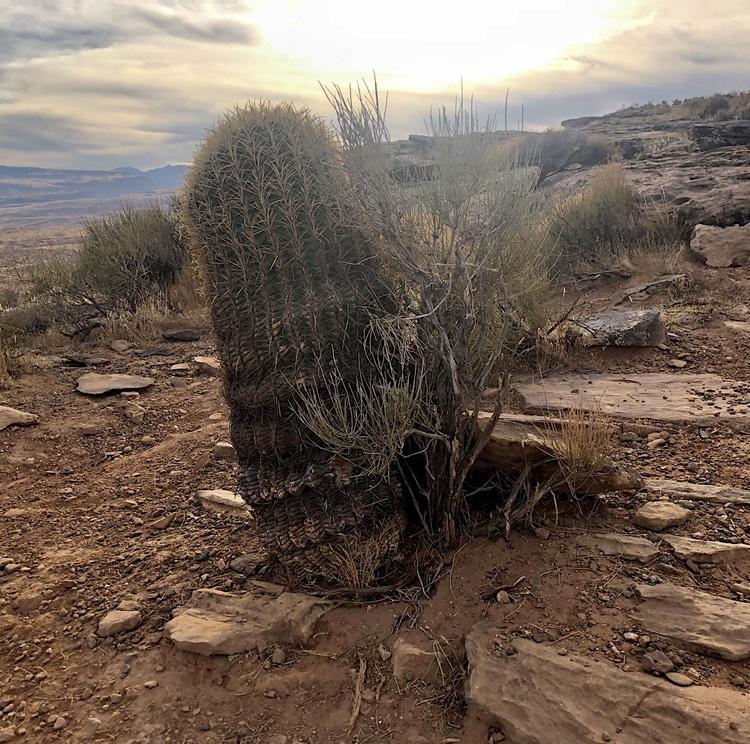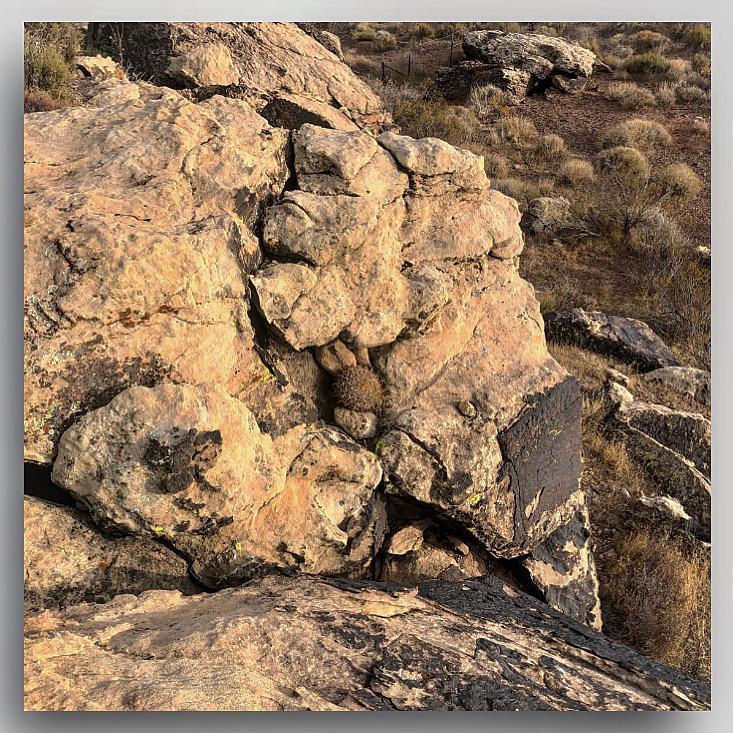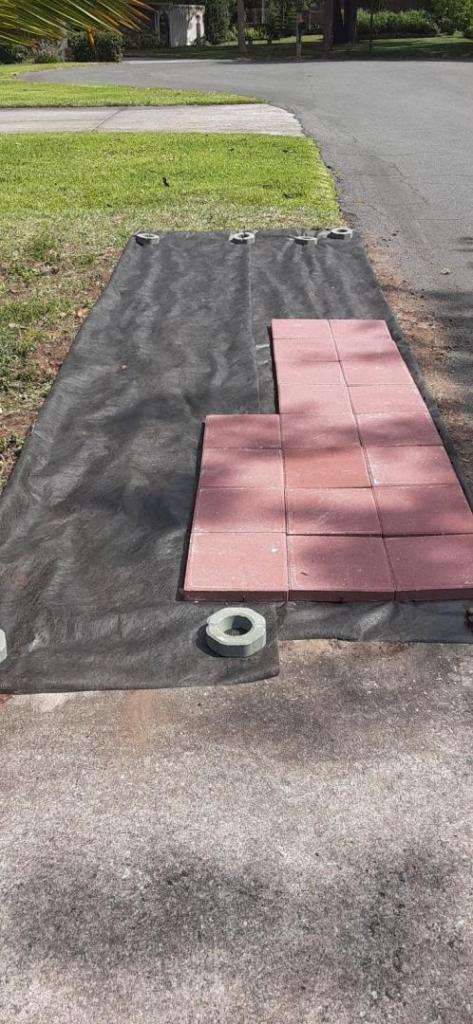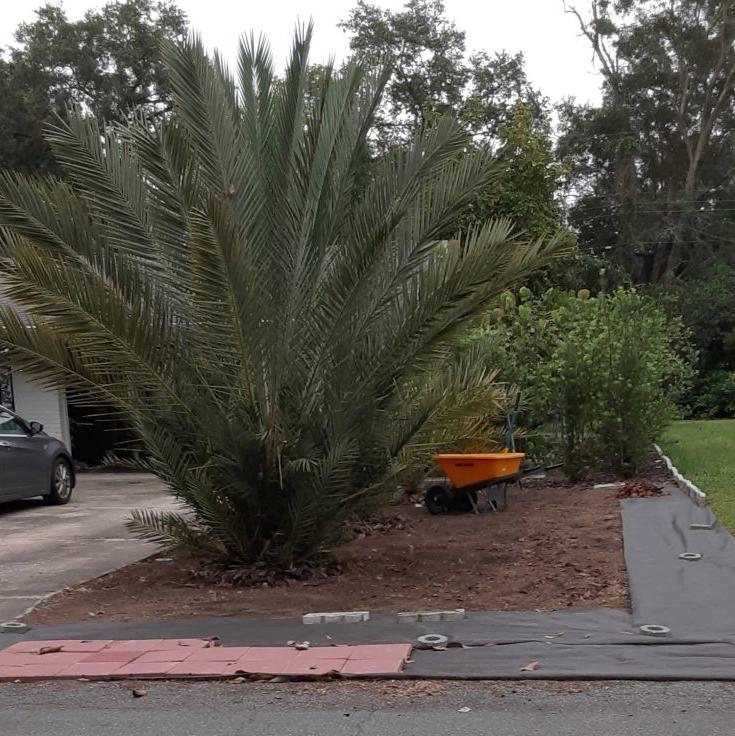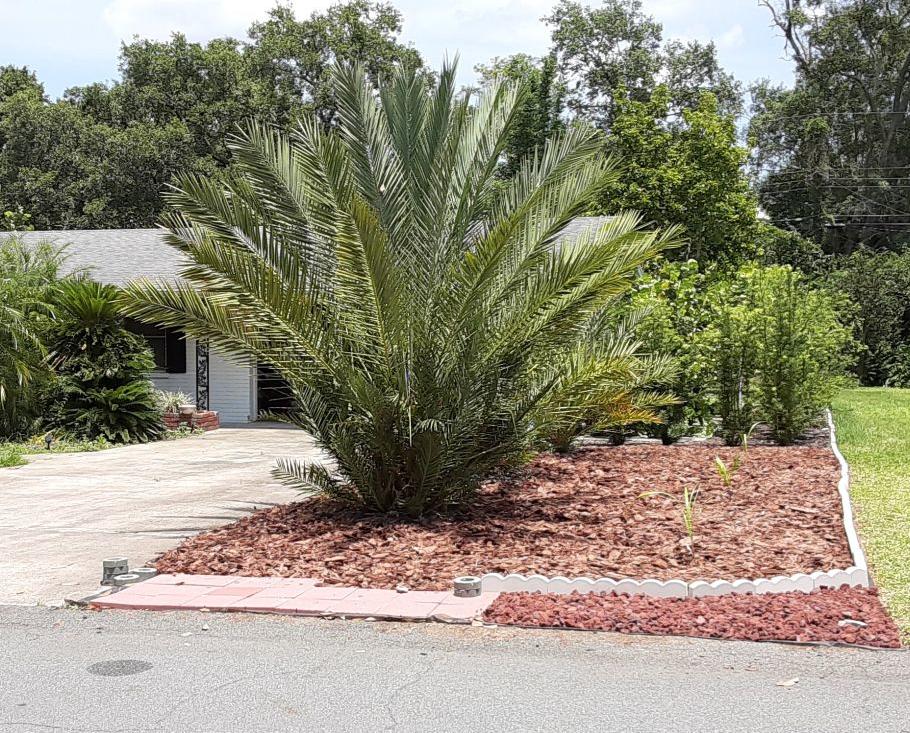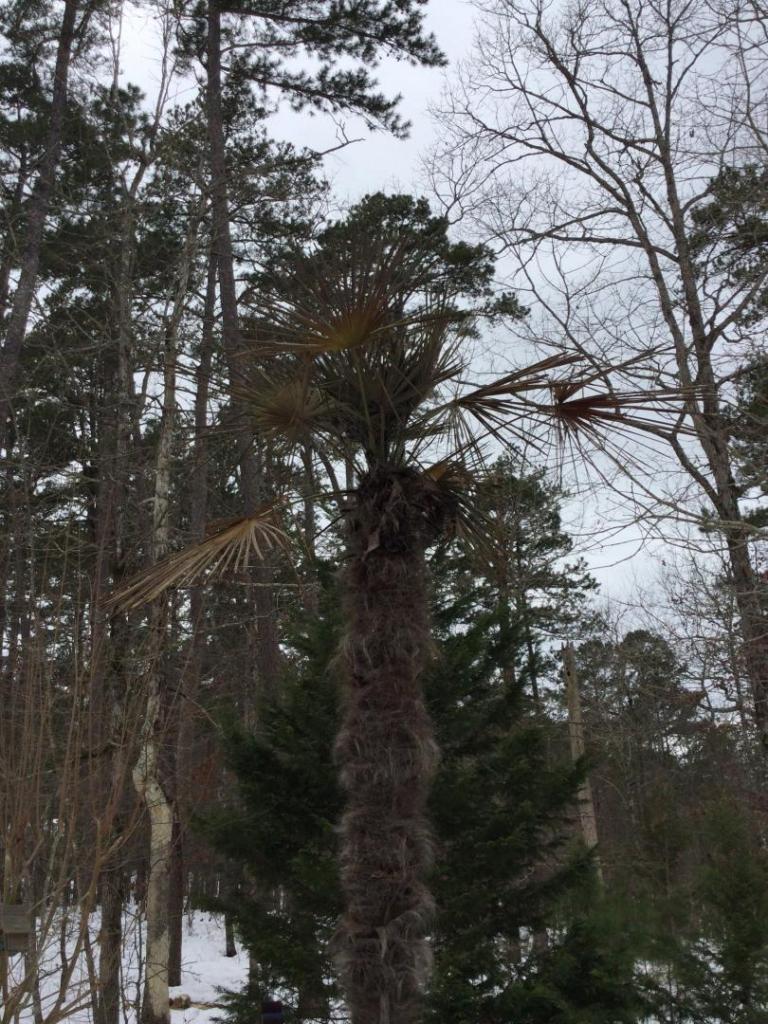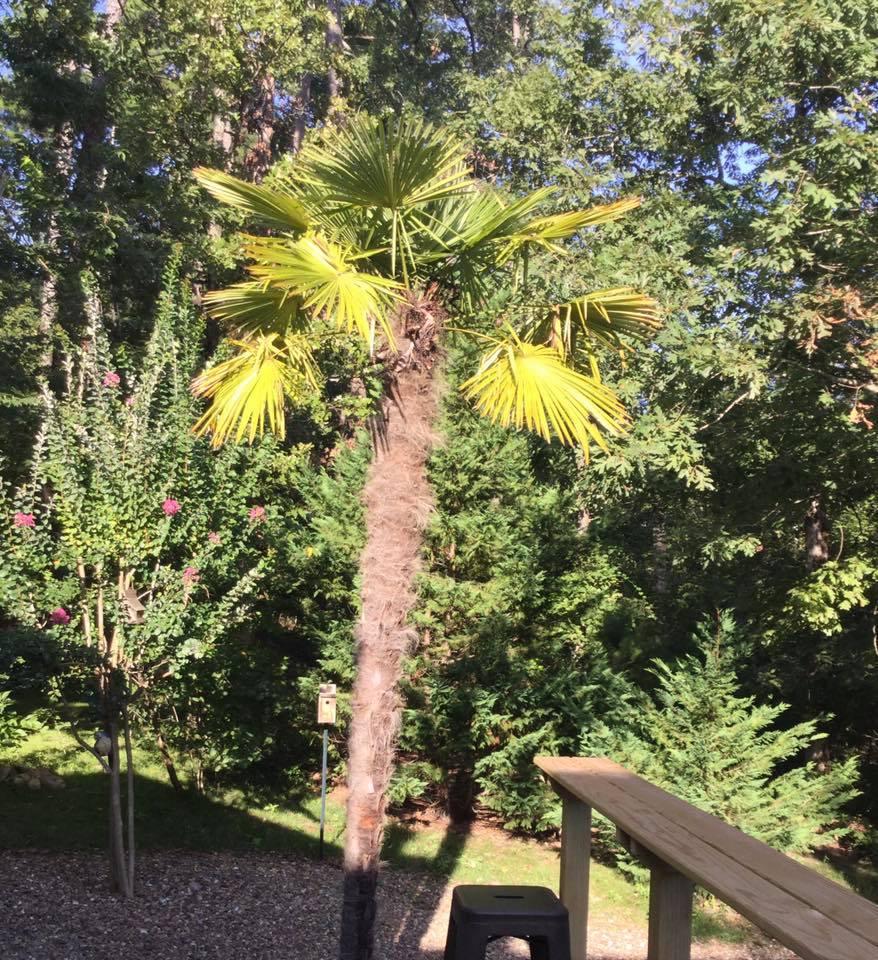Leaderboard
Popular Content
Showing content with the highest reputation on 02/24/2021 in all areas
-
The past few days have been in the 70Fs in Dallas with today in the low 80Fs. This warm weather exacerbated the effects of last weeks deep freeze if 3F. It is very easy to tell ALL the palm vegetation is dead on the most common arborescent palms. Examples would be Washingtonia and Sabal mexicana. The dried out fronds and smell of rotting vegetation is a hallmark of the damage caused in Texas last week. All leaves including the last emerging leaf spear is toast. We have had a few of these winters in my life time. The 1F if 1989 did similar Palm damage. There were a row of filifera on Lucas street in Dallas that came through that event and this is what encouraged me to plant that species around town.13 points
-
I went to Crystal River, specifically the Fort island trail a couple weeks ago while I was staying in Hudson Florida. I had first visited Crystal River in Febuary 2016, less then a year after the palm bug hit me, and I took as many driveby shots of the huge old Sabals on our way to and from the beach (I was 14) and have posted them on here on various occasions. Heres some new photos of the many ancient palmettos growing in the hammocks in the marshes. This first one was taken before the landscape changed from wooded forests, to hammocks and marshes, maybe 4 miles inland, while not as abundant as they are in the hammocks, there are many all over crystal river, and I only wish I could have taken more photos in these settings. Now for some of the many hammocks on the "trail". for context, it was quite a windy day so these aren't "sickly" or anything. Some of the larger hammocks spread for miles... Some hammocks had basically eroded into the marsh thus slowly drowning those palms. Notice the ones on the left are doing much better, just a few extra inches above the water table makes all the difference. I also noticed a fair amount of both Black and Red mangroves mixed in in some areas. Heres a couple Red Mangroves, Black mangroves were far more prevalent and larger, At the Fort island beach at the end of the trail, there are less very tall ones as it is right on the ocean, but still a few.. On the mini boardwalk to the pier Directly on the water, were the largest of the black mangroves Also a clump of naturalizing Phoenix Dactylifera, This was the only non native palm I saw volunteering in the area, I saw this same palm in 2016, but alas, the tallest one in the clump died, its trunk still visible behind. The tallest one now is almost as tall as the original, 2016. Well, hope you enjoyed my Crystal River shots!8 points
-
Trachycarpus nanus and large guihaia argyrata are 100% alive and pushing growth. Trachycarpus takil is second hardiest and pushing spear growth as well. All other trachycarpus species are in bad shape.6 points
-
My thee T campestris really took off this year. It’s as if they took two years to get settled. This summer they however grew quite a bit. Two of them also produced new suckers. The new growth was almost like a new whorl of leaves at a time. See pics: The second picture shows the new larger leaves nicely. On the 5th pic you can see the much more silvery new growth clearly.5 points
-
Sirmosasaur,, Welcome to the forum, Pics # 1, 2 & 4 look like Archontophoenix cunninghamiana, Aka King Palm. Believe pic #3 is the flower/seed stalk of Howea forsteriana, Kentia Palm..5 points
-
4 points
-
4 points
-
Sorry, no pictures. I had to go to the Medical Center near Loop 410 and Babcock in NW San Antonio today. So I traveled from New Braunfels towards San Antonio, then Loop 410 past I10 to Babcock. This is what I saw. All Washingtonia Robusta everywhere look like someone took a blowtorch to them. There are already deaths. Some really old, tall specimens have totally collapsed crowns. Others are in various degrees of collapse. But, on the other hand, a lot of Robusta still have complete crowns in tact, they are just completely brown. The petioles have not all bent up yet and are still stiff on some. This gives me home that there might be a decent amount of recoveries. All Phoenix Dactylifera look like someone took a torch to them. However, again, all crowns are completely in tact for this species. Fronds are not drooping yet and have not bent. This is good news. P. Canariensis have bent fronds but look like they will recover. Same with P. Sylvestris. All Sabals (Palmetto and Mexicana) look flawless. Looks like there wasn't even a freeze. You realize just how many Sabals there are out there since they stick out as the undamaged palm. W. Filifera look great, although there is a touch of frond burn here and there. All will recover just fine. Not worried in the least about these palms. Butia Capitata look pretty good, although they are not planted in large numbers here, I did see some large ones that still looked solid with completely intact crowns with a little bit of burn. In short, if San Antonio were in say, North Florida, where Sabals are planted everywhere, you probably would notice the freeze a LOT less. But since Washintonias are king, the damage is very evident to the Robustas.4 points
-
4 points
-
4 points
-
In North Louisiana my windmills were vaporized the most. I had everything wrapped up with blankets and a tarp for a week. My Med fan palms and Butias look good being an all time low of 0 F(120 hours below freezing). I hope that keeping mine dry kept the center spears good? Birds were living under the cover I made for the plants.3 points
-
Years later some explorative PalmTalk zone pusher will see your queens and say “these pre-date the 2021 freeze!” Not knowing what sorts of protective shenanigans you were up to.3 points
-
3 points
-
Lake Charles area had alot of cold damage to the palms around. The lowest lows were around 15 and days of freezing temps. Canary island dates look pretty brown. Other dates look terrible. Washingtonian palms are terrible looking. Queen palms I assume are dead. Sabals and pindo palms are fine. We recently planted 2 queens and a pygmy date palm at our new house. Luckily we dug them up and put them in the garage and they're fine! We put them back in the ground already3 points
-
Hi sirmosasaur, Welcome to PalmTalk. Jim's and Nathan's eyes can be trusted. Palmpedia also is a good reference. http://www.palmpedia.net/wiki/Archontophoenix_cunninghamiana http://www.palmpedia.net/wiki/Howea_forsteriana Be careful not to confuse unopened blooms, recently opened blooms, developing fruit, and fully developed fruit. Fully developed fruit on both species will be red colored, but with clearly different structures. Look again at your specimens, and you will see the differences. All mosasaurs look alike to me ; )3 points
-
No pics. I've been busy working on my crinums. Their necks are all mushy. All my Sabals are fine. Med fan palms look horrible. I was not expecting them to look like toast. Spear not pulling. Livistona chinesis future TBD. I protected the bud as much as I could. Trachycarpus is fine3 points
-
Have to say, really nervous about the Mexican Oaks in Peckerwood's/ JF garden's collection.. Most are hardy.. Question is.. are hardy enough to survive this kind of event.. Stinks this had to happen the first year Houston Botanical is up and going too..3 points
-
Surprisingly, Leucaena retusa is supposedly hardy to 5F, maybe lower so hopefully yours will survive... Hope the Weeping Montezuma does as well.3 points
-
3 points
-
3 points
-
2 points
-
In January I went to a Buddy Holly tribute at the Cape Cabaret in downtown Cape Coral. On the way in I noticed several apparently "dwarf" trunked Pseudophoenix sargentii shorter than I am planted near the side walk. Two of them had ripe seeds and had dropped many on the ground. On the way home I picked the remaining seeds and took photos. I posted those photos last month in the following topic: https://www.palmtalk.org/forum/index.php?/topic/67082-pseudophoenx-sargentii-dwarfs-cape-coral-fl/&tab=comments#comment-974787 I questioned whether these palms were actually dwarfed like Areca catechus. Consensus was that they had been kept in pots for many years before they were planted, which resulted in their current appearance, i.e., there are no genetic dwarf P. sargentii. So you should not expect offspring of these seeds to replicate their parents if they are raised normally. In addition you can read a write-up on this species in the Palmpedia link below: http://www.palmpedia.net/wiki/Pseudophoenix_sargentii I have several hundred seeds of these palms for sale as follows: Pseudophoenix sargentii from Cape Cabaret: 50 seeds @ $10.00 for the Lot Shipping: $5.00 up to 150 seeds. No shipping outside the US. No shipping to HI Payment via Paypal PM me if you are interested A couple photos from my previous topic2 points
-
Yah, I'm much older now than when I started this garden and I am beginning to feel like I have more money than time !2 points
-
Indian hawthorn Bush. Common landscape bush is brown. Cold hardy Cactus collection. Mush. Sabal Mexicana looks in limbo. This one might make it along with Palmetto. I am going to be hopeful I’ll have a yard left of Sabals! I may have two 35 plus year old trees make it plus their volunteer babies.2 points
-
For more about the origin of the name, here's an excerpt from: http://pza.sanbi.org/strelitzia-juncea "Strelitzia reginae was introduced in England in 1733 and was named after Queen Sophia Charlotte, the wife of George III of England. She was a princess of Mecklenburg-Strelitz, hence the genus name Strelitzia. The specific name juncea is derived from the Latin juncus meaning rush a reference to its rush-like appearance. In the past S. juncea was regarded as a variety of S. parvifolia or as a variety of S. reginae until evidence was produced in 1974 by Dr Van de Venter (Dyer 1975) to confirm the specific status of S. juncea. Intermediate forms exist between S. reginae and S. juncea. After extensive studies Dr Van de Venter came to the conclusion that there are genetic differences between these two species and the intermediate forms could be hybrids between the two species." I took these pictures today of the biggest clump in my backyard, which is just now coming into bloom. It has small spoon-like blades at the tip of its leaf stalks, so it could be an intermediate form.2 points
-
2 points
-
has anyone ever seen a flower which looks like this one? i found it about a month ago, it has the regular 5 petals plus some extras in the middle the plant is indoors since the fall... mine has defoliated mostly as well.. hi dalmationsoap! i included a pic from august when it was outside and growing nicely2 points
-
2 points
-
I protected most of these (frostblanket or a bucket with some hay) and they look they'll make it. I don't think the sandpaper tree would have made it through 3F as I get damage to the leaves at far higher temps. It's still young, though. I did not protect Leucaena retusa so I am curious how that would fare as well. Scratch test does reveal some life but I'll be relieved when I see some buds grow. I also didn't protect the Monterey oak and, although it lost all leaves, it does look very much alive and I expect it to be budding out next month. I'll check on the young Montezuma (haven't looked). I do have a rare weeping-branch variety of Montezuma that I did protect (as much as possible) but it did lose all new leaves (they were just coming out!). It better make it!2 points
-
Why does everyone seem to live on this horrid USDA map garbage. Does not Eureka Cali score an 11 even though it stays 40 F year round? It’s what grows that should determine zones. Koppen-Geiger tells you this and what grows is what counts. RGV can replant coconuts and not worry for another 100 years!2 points
-
No protection, I want plants that can survive, if they can't then oh well. I always have my old standard palms to keep my yard looking good. However because I knew about the ice I threw some cover over a few of the small palms and my big sharkskin agave. We hit 24F and somewhere between 36-48 hours below freezing but just barely. That's the coldest temp in 5 years and it didn't phase anything, my issue was the 1"+ of ice on top of everything. So much damage everywhere. Even had a 30' Eucalyptus bend over and touch the ground, how it didn't break I'll never know. It's righted itself for the most part but is touching the house now. I have an arborist coming over to look at my street trees so I'll see what his thoughts are on it. I'd gladly take the snow any day. Glad your garden is unphased. I know your canopy always helps. And bring on the heat! I hope its one of those years we hit triple digits in May.2 points
-
2 points
-
2 points
-
2 points
-
I'm in southern Ohio and have a 15 foot Trachycarpus that's been in the ground for 5 years. The rest of my palms are small, I'm growing Sabal Minor, Sabal Causiarum, Washingtonia Robusta, Chamadorea Radicalis and I even have a couple Sago palms thats been in the ground a few years. All of them are covered and heated with christmas lights except for the Sabal Minors.2 points
-
I expect the really tall ones could be 100s of years old. They are a priceless part of FL's landscape. I grew up in VA. The VA State tree is the dogwood and the State has a law prohibiting damaging dogwoods in habitat. When I was 7 my Dad took me on a rock hunting trip to find purple and red slate rocks for his new garden. I saw a flowering dogwood in the woods and picked a blossom to show him. That's when he told me about the law and that I should leave dogwoods alone. All the way home I wondered if the police would find out what I'd done and come to our house to arrest me like on Dragnet. I also worried that my Dad, an FBI agent, would get in trouble with J. Edgar Hoover because of his lawless daughter. Children are never as clueless as adults believe. I don't know if FL has laws protecting Sabal palmettos in habitat. If not, it should.2 points
-
2 points
-
Sabal palmetto Lisa. No other palm quite like it. I am fond of all the other Sabals as my Sabal Row illustrates. Part of the reason is that my first generated palms were seeds of Sabals palmetto, maritima and domingensis in 2008. You don't forget the first moment you see those green spikes peeking out of the soil. Sabal palmetto Lisa (RIP), Cape Coral, FL, 20152 points
-
Whats worse is .. at least w/ those cacti they sell w/ the fake flower on them is there is no species listed on the labels, & just the most basic info.. Notice info on others is either partially.. or completely off.. Kind of frustrating.. esp. for anyone just getting into growing cacti ( or Succulents )2 points
-
2 points
-
Sure. I haven’t visited Agave recently, so pics are from last spring. Maybe April. Ferocactus is recent. Agave utahensis Ferocactus cylindreaceus First two pictures are the same massive specimen. My gallon for size. Ignore the bordering on this one; apparently I deleted it from my phone, so I swiped it from my Instagram, but I wanted to show you the rock habitat..2 points
-
2 points
-
An update to the front yard, complete with Roystonea regia seedlings and an area to keep the trash and recycle bins out of the driveway. Prepping the area in front for the trashcan pad: Desodding completed + irrigation areas marked: Had to straighten the borders, but with all of the plants in, you get the idea:2 points
-
Funny as I did the same thing with my similar sized queen. But your point is exactly why I don't put much stock in some of these 'streetview' palms posted from folks in a different state who know nothing about the palm in question.1 point
-
All of the responses are correct. Palm ID is difficult at first, Welcome to Palmtalk !1 point
-
@Chris Wilson Your Trachy in my opinion is what everyone wants theres to grow up to be one day. Absolutely great growing1 point
-
Thank you! I checked on it today and it looks nice and green can't wait to unwrap it for the year. I lost power for a couple days because of an ice storm but thankfully the temp only got down to 15 during that time.1 point
-
I believe it is now a preserve. On another note I wonder how old some of these are, considering how slow they grow and some of these are in the 70+ ft range. Think about how slow they grow affer 20 - 30 feet. Could the tallest be over 200 yrs old? I mean how slow was that 93 footer in Highlands hammock growing per year?1 point
-
I just found this forum and so glad I did! We just moved to Hot Springs Village Arkansas after retiring from Iowa 1 1/2 years ago to escape the snow and cold! Last June we purchased a 12 ft Windmill Palm for our anniversary. They said it was cold hardy. Well, as you know we just had record snow and low temperatures. We had below freezing temps for 10 days straight with the lowest -5 at night and 11 during the day. My husband put some fertilizer down and then we covered the base with burlap and also with a moving blanket. Then the snow piled on top. We just were able to dig the snow off and remove the covers. What do you think our chances are for survival are since it hasn’t been in the ground for a year. And what to you suggest we do to help it along? I called our local landscaping business but I don’t feel too confident in their knowledge. First picture is after the snow. Second picture is during the snow. Third picture is after we had it planted. Thank you!1 point
-
I’m in a Mediterranean type climate 10a in the SF Bay Area. Even summer nights are cool so Ceroxylon grow exceptionally well here with no fuss except lots of watering in the summer. It think they are happiest in low to mid 60sF temperatures (15°C-22°C) but will tolerate warmer and cooler temperatures.1 point




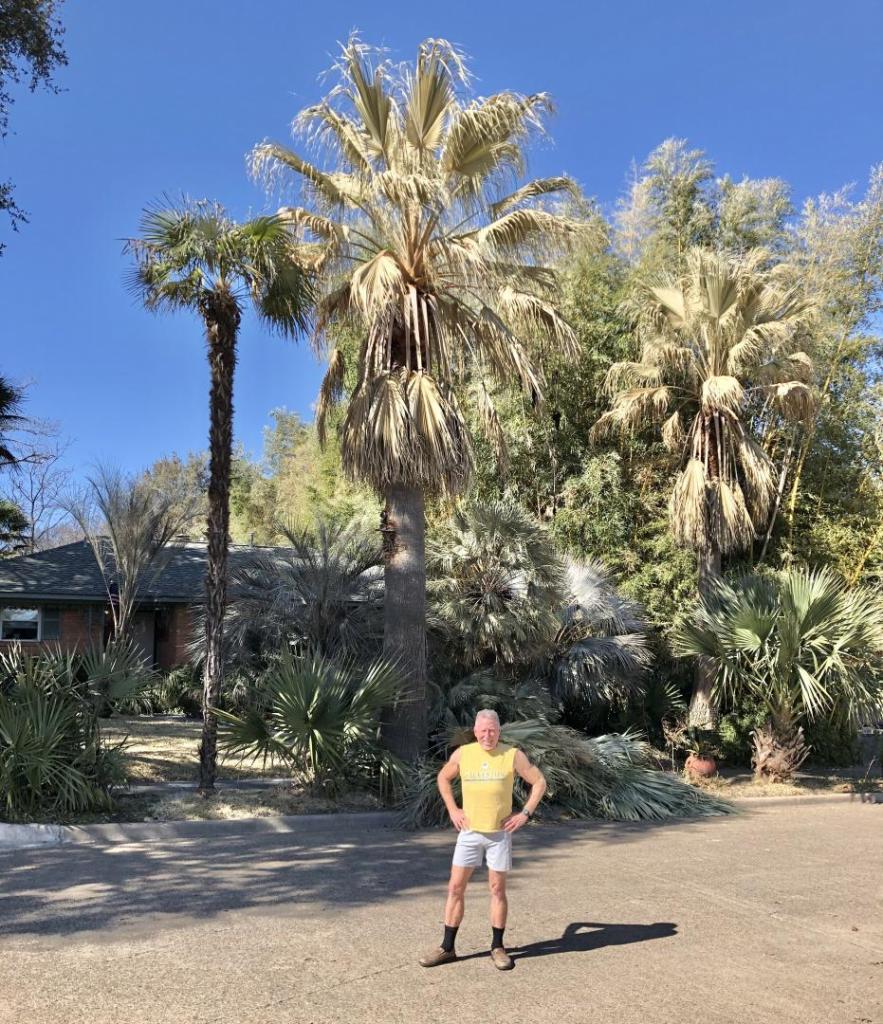
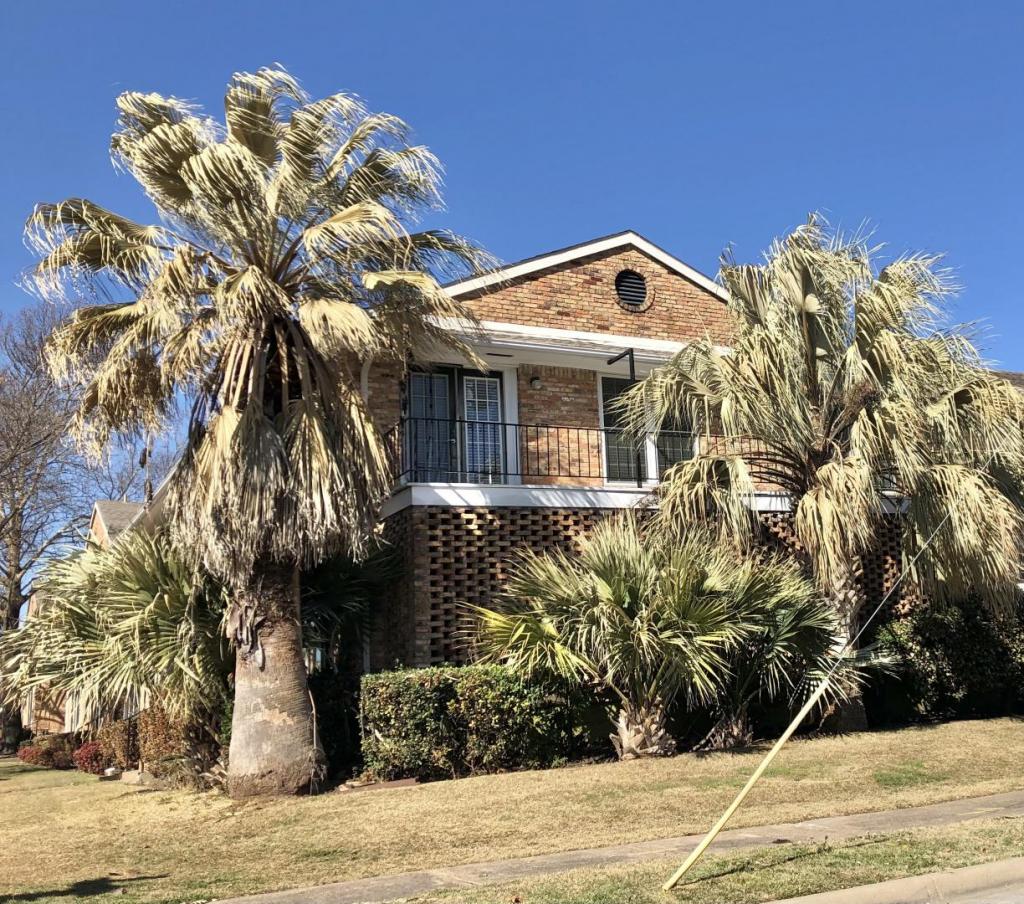
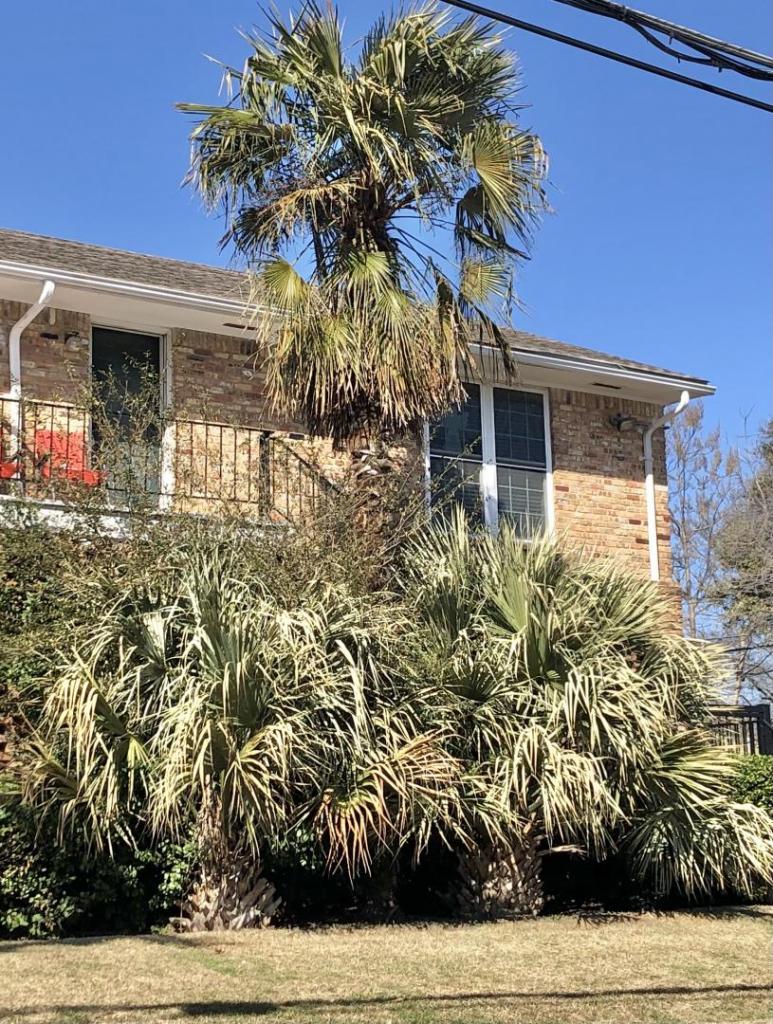



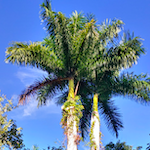
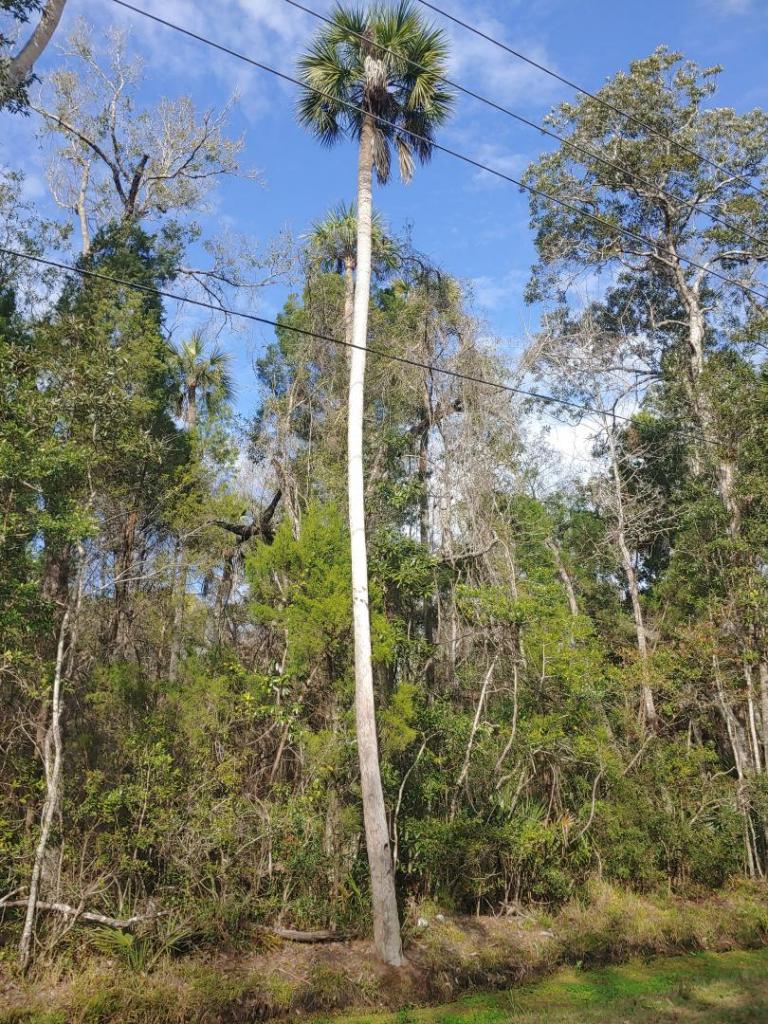
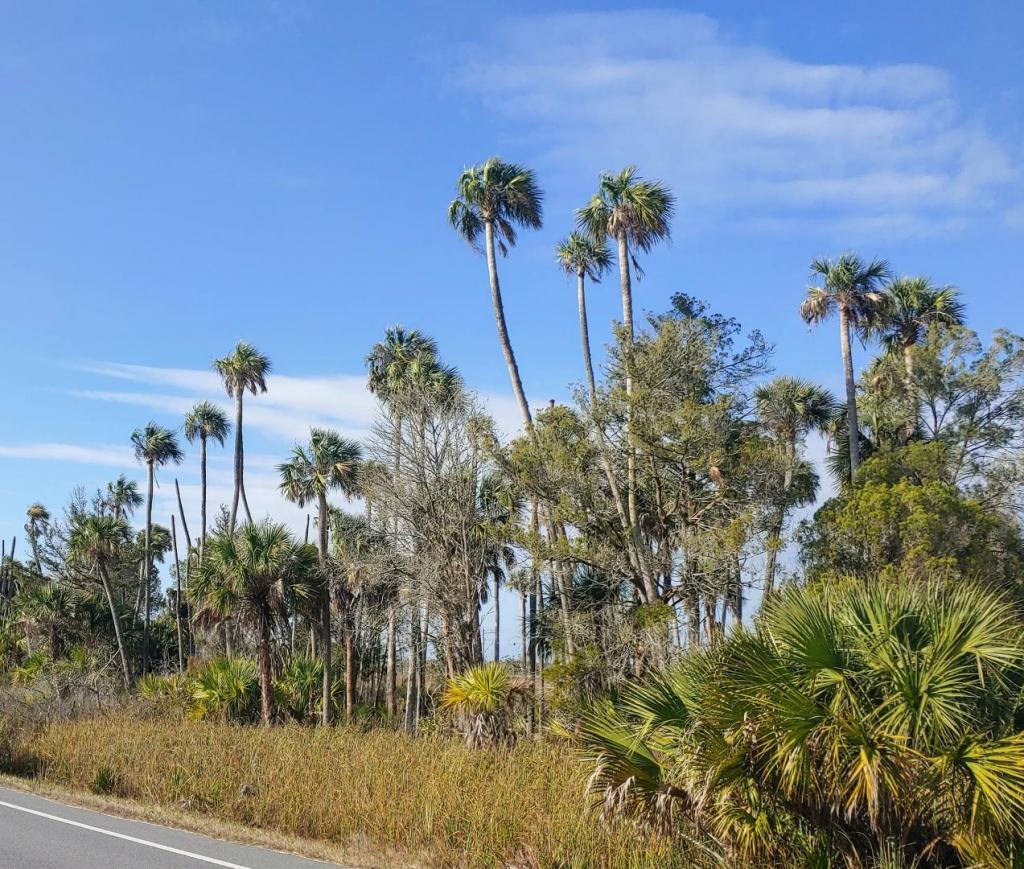


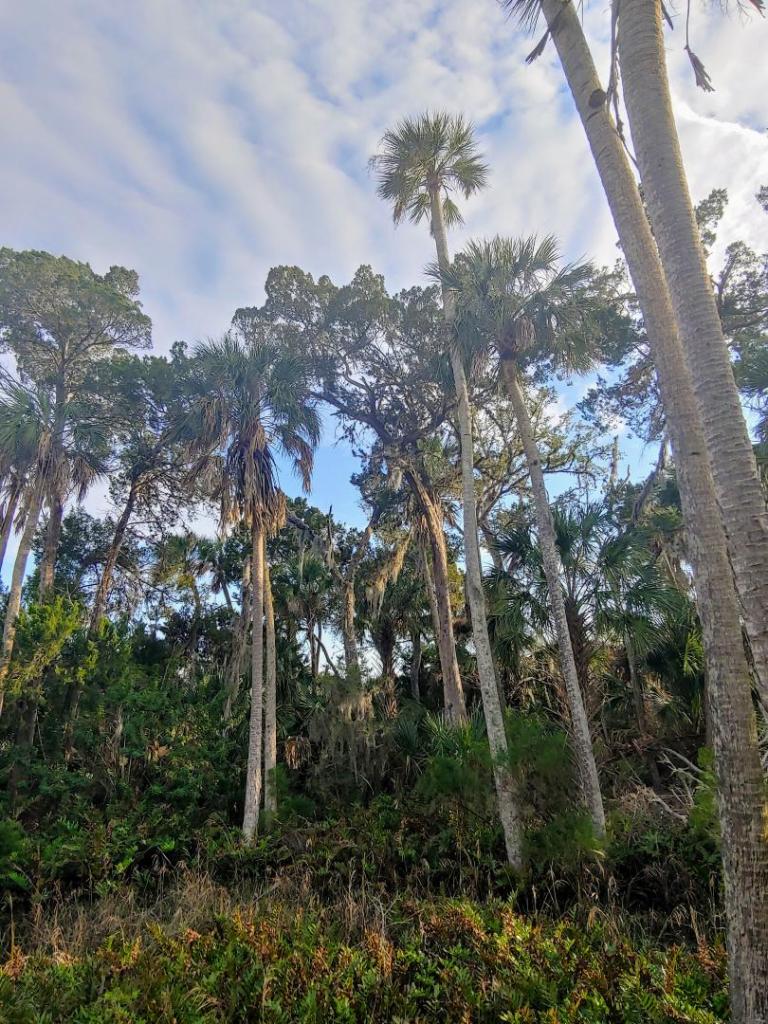


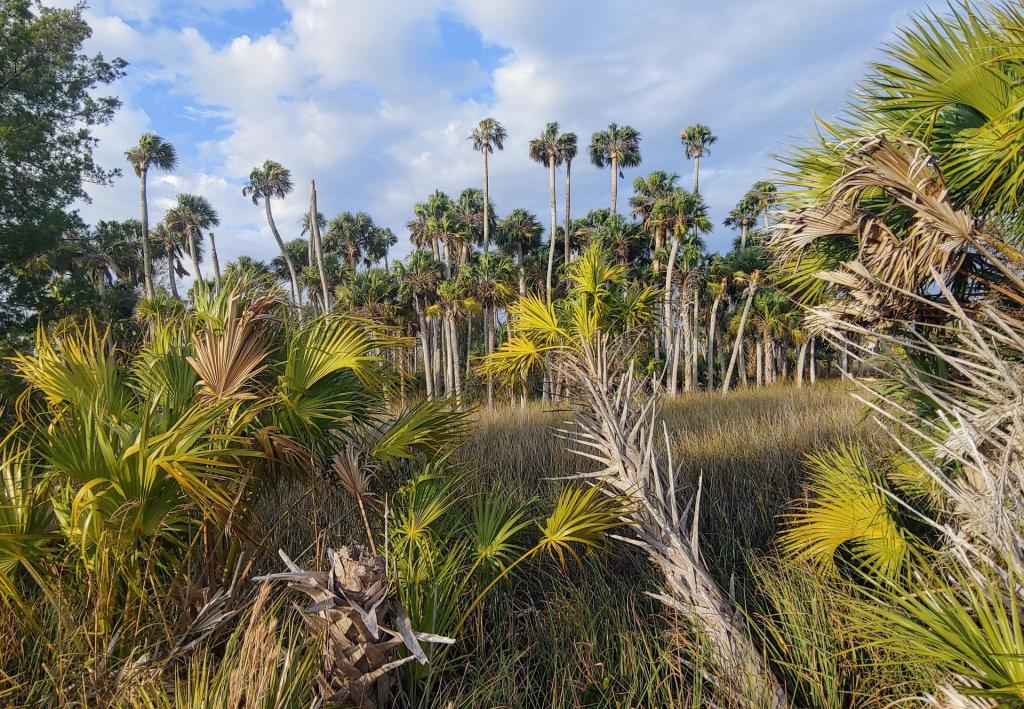
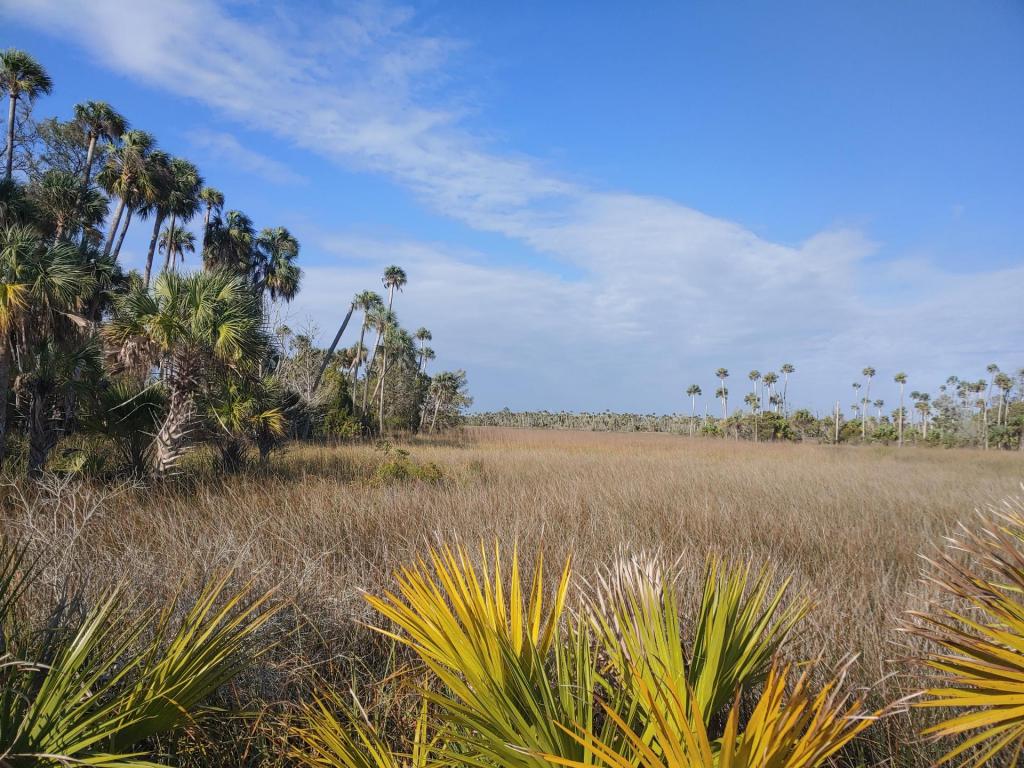
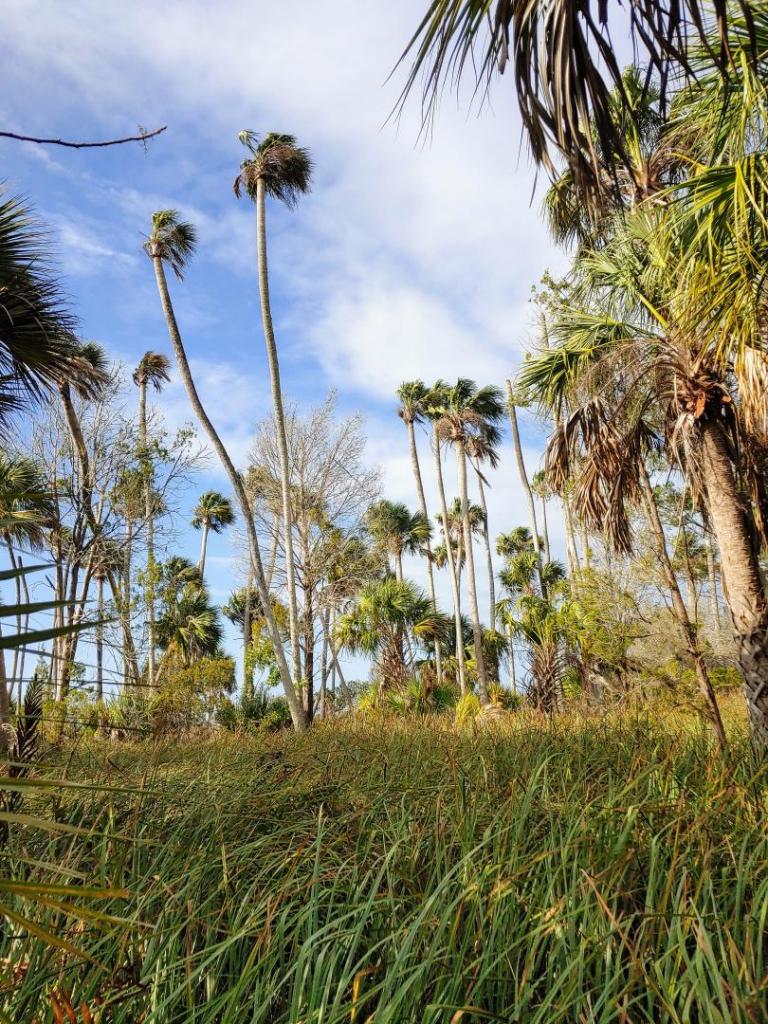
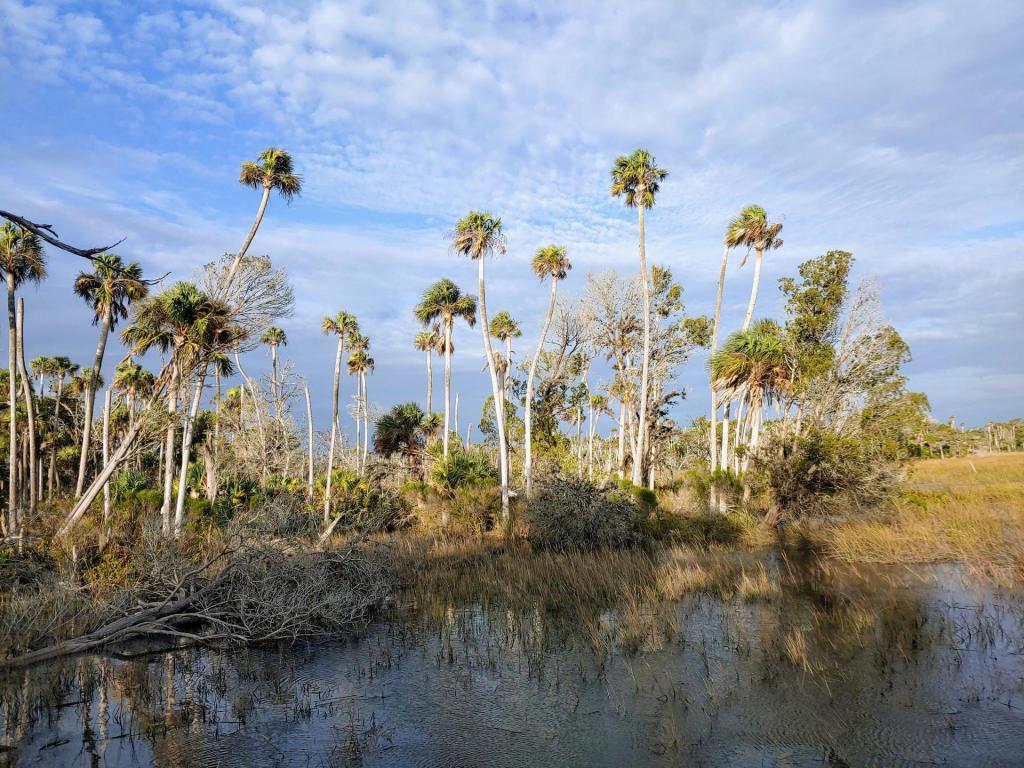

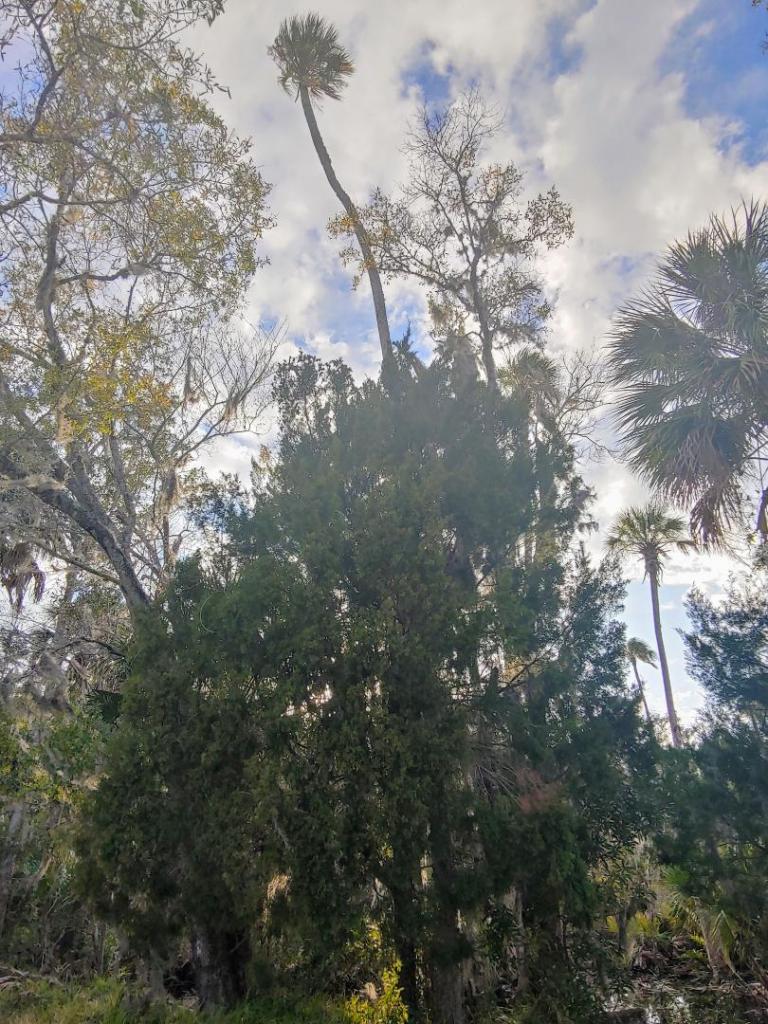
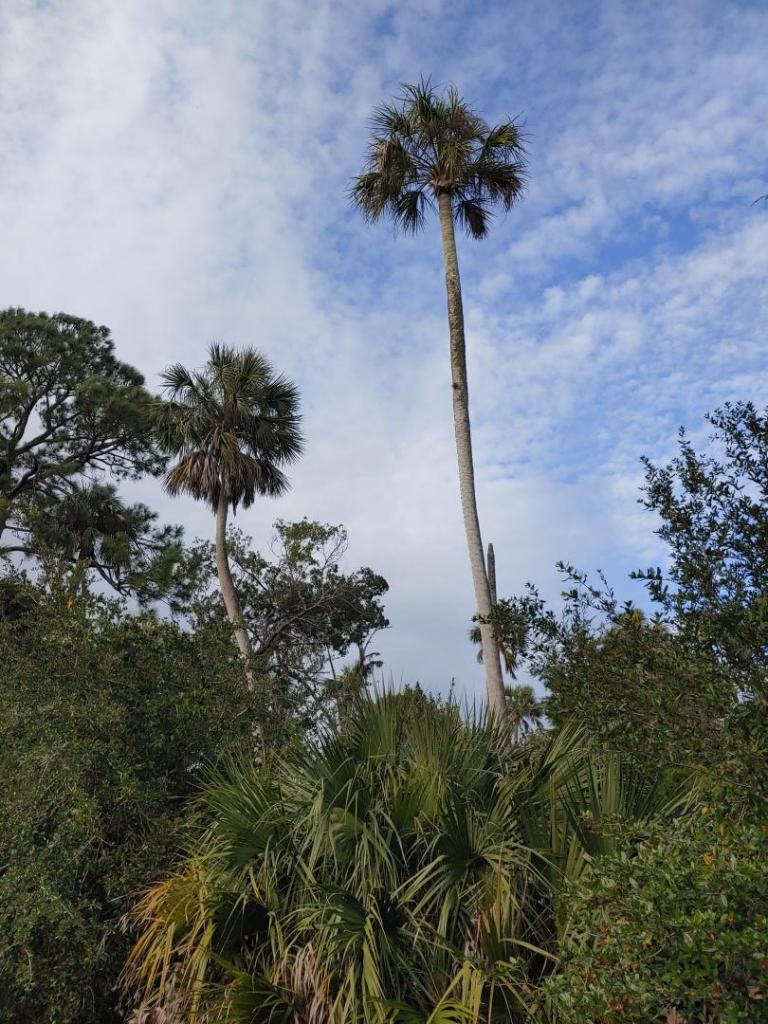
.thumb.jpg.921500c520fee2acce95e1d4acdc7591.jpg)
